
Nestled within the picturesque Langhe region of Italy, cradled by the sunkissed Bassa Langa hills, emerges a legendary wine, Barolo, also known as the King of Reds. Crafted from the delicate Nebbiolo grape, the Barolo flavor profile bursts with notes of ripe berries, rose petals, and subtle earthiness. This wine, along with Marsala (a wine that can last many months when stored appropriately) or Barbera is one of the signature wines of Italy.
Whether you're a wine connoisseur or an enthusiast, this in-depth guide to Barolo wine will reveal the secrets of this Italian gem for you. In this guide, you will learn more about its unique terroir, and delve into the craftsmanship that transforms Nebbiolo grapes into this liquid masterpiece. By the end of this journey, you'll be doing more than just enjoying a glass; you'll be partaking in a timeless Italian legacy.
Barolo, often revered as the jewel of Italy's viticulture, is a robust red wine originating from Northern Italy's Piedmont region. Specifically, it hails from the Langhe area around the towns of Barolo and La Morra. The relevance of this wine for the Italian wine industry has led to the wine having its own DOCG. (the Barolo DOCG) What sets Barolo apart is its primary grape, Nebbiolo. This grape, also used to craft Nebbiolo wines, is known for its thick skin and late harvesting season, lends the wine its characteristic deep colour, powerful tannins, and potential for aging. Although in the past it was common to blend grapes such as Nebbiolo and Barbera, today, due to DOCG regulations, Nebbiolo grapes must be used in their entirety.
Aged for a minimum of 38 months after the harvest, with at least 18 of those months in wooden barrels, Barolo showcases a rich palate of complex flavours. From fragrant bouquets of roses, cherries, and tar to deeper undertones of truffles, leather, and even anise, its complexity is unmatched. With time, these flavours evolve, making aged Barolo wines a delightful exploration of nuanced taste. Elegant, yet powerful, Barolo stands as a testament to Italy's winemaking excellence.
Barolo, often referred to as the 'liquid gold' of Italy, is a testimony to the art and science of winemaking. Its nuanced flavours and aromas, transcending the confines of a mere beverage, paint a vivid tapestry of the Piedmont region's terroir, traditions, and time-honoured techniques. Crafting a bottle of Barolo is an intricate ballet of decisions and patience. Let's delve deeper into this enchanting journey, tracing the metamorphosis of the Nebbiolo grape into the world-renowned Barolo wine.
Historically, Barolo wines were produced using long fermentation and aging processes. The traditional method involved extensive maceration periods with the skins and long aging in large Slavonian oak casks known as 'botti'. This process rendered a wine that was tannic and often took a decade to mature fully.
However, in the late 1970s and early 1980s, a seismic shift occurred in the Barolo winemaking scene. A group of young, innovative winemakers, later dubbed the "Barolo Boys", began to challenge these age-old practices. Advocating for shorter maceration periods and the use of small French oak barrels for aging, they aimed to produce wines that were more approachable and fruit-forward in their youth.
While their methods were initially controversial, leading to debates and divisions among producers in the region (which are known as the Barolo Wars), the Barolo Boys' influence was undeniable. Their innovations played a significant role in modernizing Barolo winemaking and expanding its popularity on the global stage.
Today, both traditional and modern methods coexist in the region, with many modern winemakers choosing to adopt a hybrid approach, ensuring that Barolo remains a diverse and dynamic wine, rooted in history but always evolving.
The "Barolo Boys" refers to a group of innovative winemakers in the Barolo region of Piedmont, Italy, who, during the 1980s and 1990s, sought to revolutionize traditional Barolo winemaking practices. These winemakers introduced new techniques, including shorter maceration periods and aging in small French oak barrels instead of the large traditional Slavonian botti. Their aim was to produce wines that were more approachable in their youth, contrasting the historically tannic and long-aging Barolos.
Key figures associated with the Barolo Boys movement include Elio Altare, Roberto Voerzio, Domenico Clerico, and others. Their story and impact on the wine industry are so significant that they have been the subject of documentaries and numerous articles.
The essence of Barolo lies in the Nebbiolo grape. Characterized by its late ripening, this grape is usually harvested in mid-to-late October. The extended growth period under the Piedmont sun ensures that the grapes absorb a rich mosaic of flavors, setting the stage for the wine's intricate profile.
Following the harvest, the grapes are crushed gently, respecting their integrity. The juice then ferments in tanks, often made of stainless steel or concrete. This pivotal stage, spanning two to three weeks, witnesses the magical transformation of grape sugars into alcohol, laying the groundwork for the wine's body, character, and potential nuances.
Barolo's depth is further honed during its aging phase. By regulation, Barolo wines must mature for a minimum of 38 months post-harvest, with at least 18 months in wooden barrels. Oak barrels, especially, lend the wine additional layers of flavour and play a role in mellowing the robust tannins. However, many producers, in their quest for perfection, prolong this aging journey, allowing Barolo to acquire an even more profound depth and complexity.
Post the barrel aging, Barolo is primed for bottling. Yet, its evolution is far from over. Inside the bottle, the wine undergoes further maturation. The subtle interaction with oxygen, which trickles in through the cork, refines the wine's character. While many Barolos mature beautifully over a few years, the truly exceptional ones can be store in a wine cellar for decades, revealing a kaleidoscope of evolving flavours to those patient enough to wait.
In the realm of winemaking, Barolo stands as a testament to the lengths to which producers go, ensuring each sip offers a journey through time, tradition, and terroir.
The magic of Barolo lies not just in its history or the intricate winemaking process but also in the sensory experience it promises with each pour. As a wine that bridges power with elegance, Barolo is a symphony for the senses. Its layers unfold progressively, each more beguiling than the last, revealing the true essence of the Nebbiolo grape and the Piedmont terroir. But, for those who have not yet tasted it, how can you describe the profile of Barolo wines? Well, to give you an idea, they have a juiciness that comes from the bright acidity of the Nebbiolo grape, a characteristic similar to wines like Pinot Noir but with a greater tannic presence than these esteemed wines of French origin.
At first glance, Barolo captures the imagination with its alluring visual profile. Barolo color in the younger stages has a bright garnet tone, which, as the wine matures, transitions to a deeper brick red, hinting at the treasures of taste that await. In the glass, it presents a robust body, signalling the intensity and richness derived from the Nebbiolo grape. The wine’s legs, those rivulets that flow down the sides of the glass, indicate its structure and alcohol content, often high, which supports the wine's long aging potential.
This is one of themost common questions when talking about Barolo wines. And, indeed, Barolo is a dry wine, because it has very low amount of residual sugar when bottled (tipically less than 1 gram per liter). For this reason, and as you will see below, the most common aromas and flavors are reminiscent of red or black fruits.
Yes, Barolo wines are known for their high tannin content. The Nebbiolo grape, from which Barolo is made, is naturally rich in tannins, and often requires of aging time to soften.
Yes, Barolo wines are highly structured. This structure is due to the high tannin levels and acidity of the Nebbiolo grape, which provide the signature robustness of this wine.
Barolo wines, made from the Nebbiolo grape, are known for their complex and evolving aroma profiles which can be categorized into primary, secondary, and tertiary aromas:
1- Primary Aromas (derived from the grape variety itself):
Red fruits: cherries, raspberries and strawberries
Floral notes: roses and violets
Herbal Undertones: mint and anise
Mineral Notes: clay and limestone
2- Secondary Aromas (derived from the winemaking process):
Fermentation Aromas: yeast and fresh dough
Oak Influences (especially if aged in small barrels): vanilla, toast, smoke, cedar and tar
Dried Fruits: dried cherries, prunes, figs
3- Tertiary Aromas (developed as the wine ages):
Earthy Notes: truffles, forest floor and mushrooms
Aged Characteristics: leather, tobacco, game, dried herbs, licorice and potpourri
Nutty Aromas: almonds and walnuts

As Barolo wines age, the primary fruit aromas can become less dominant, making way for the more nuanced and evolved secondary and tertiary aromas. This evolution is one of the reasons why Barolo wines are highly valued for their aging potential.
Taking a sip, the Barolo flavor profile mirrors its aromatic complexity but adding the dimension of palate sensation.
Primary Notes (Derived from the grape variety and fermentation process):
Fruit Flavors:
Secondary Notes (Developed during winemaking, fermentation, and early aging):
Spice and Earth Components:
Oak Influences:
Tertiary Notes (Result from extended aging and bottle aging):
Aging Characteristics:
Terroir-driven Flavours:
.webp)
Each bottle of Barolo, depending on its age, vineyard source, and producer style, might express these notes with varying intensities and combinations. Yet, irrespective of these nuances, Barolo consistently offers an immersive experience, a journey through layers of flavours and aromas, making it not just a wine to drink but one to cellar, ponder and cherish.
Barolo, with its robust character and intricate flavour profile, pairs beautifully with foods that complement its depth and complexity. To enhance your Barolo tasting experience, consider these delectable pairings:
Pairing Barolo with these foods elevates both the wine and the meal to an exquisite symphony of flavours.

Barolo, Italy's wine monarch, isn't the product of just one vineyard, grape, or winemaker. Its soul is intricately intertwined with the distinct appellations of the Langhe region in Piedmont, where microclimates and varying terrains give rise to a palette of Barolo expressions. As we venture into the vine-woven heartlands of Barolo, we also delve into the significance of climate and terroir, understanding their profound influence on this venerated wine.
The Barolo DOCG, or Denominazione di Origine Controllata e Garantita, is divided into different communes or appellations, each bestowing its unique character upon the wines it produces:

The Piedmont region, in Italy, where Barolo is produced, experiences a continental climate. Cold winters give way to warm and lengthy summers, ensuring the late-ripening Nebbiolo grape reaches optimal maturity. The region's varying altitudes result in significant diurnal temperature variations, which accentuate the grape's aromatic compounds.
However, subtle climatic differences between the appellations, due to their altitudinal and positional nuances, contribute to the diversity in Barolo profiles. For instance, La Morra, with its slightly cooler climate, yields wines with brighter acidity, while the warmer climes of Monforte d'Alba birth Barolos with bolder fruit expressions.
"Terroir" — a term encapsulating the soil, topography, and overall environment of a vineyard — is at the heart of Barolo's varied expressions. The intricate interplay of these factors influences everything from vine health to grape characteristics.
The terroir of Barolo is characterized by distinct soil compositions that influence the wine's profile. The Serralunga Valley boasts sandy soils enriched with limestone, leading to more intense wines that require prolonged aging. Conversely, the Central Valley's clay-dominant soil gives rise to Barolos that are softer with a fruitier essence. Among the five communes, La Morra stands out as the largest wine producer.
In conclusion, while the Nebbiolo grape is the primary artist behind Barolo, the canvas upon which it paints is the diverse appellations sculpted by the indomitable hands of climate and terroir. Recognizing and appreciating these subtle influences allows us to understand the true depth, complexity, and variety inherent in Barolo wines.
When it comes to Barolo, understanding proper serving and storage techniques is essential to preserve its rich character and enhance the tasting experience.
Ideal Conditions: Wine, especially one as nuanced as Barolo, is sensitive to its storage environment. The ideal conditions include:
If you want to experience the sensory tapestry whenever you are drinking Barolo, the right glass is indispensable. The characteristics of the ideal Barolo glass include:

In the world of wines, Barolo stands tall, an emblem of winemaking artistry. But to ensure it's experienced in all its glory, meticulous attention to its service, storage, and the vessel it's savoured from is vital. As you pour, sip, and store, remember that each choice you make is a tribute to Barolo's rich legacy, a step towards experiencing it in its most resplendent form.
The Piedmont region of Italy, nestled against the backdrop of the Italian Alps, offers a tapestry of vinous excellence. Among its patchwork of vineyards, two names stand out prominently: Barolo and Barbaresco. Both wines are crafted from the Nebbiolo grape, both come with storied histories, and both have achieved international acclaim. Yet, while they share some strands of DNA, they are distinct entities, each with its own character and narrative. To the untrained palate or the uninitiated, they might seem like close siblings but delve a little deeper, and their individual personalities shine through. Let's embark on a journey to explore the harmonies and contrasts of these two remarkable wines.
The commonalities between Barolo and Barbaresco can be attributed to their shared heritage, primary grape, and regional influences. These similarities include:
While the shared Nebbiolo heritage brings Barolo and Barbaresco close, several distinctions separate them, from terroir to production regulations. These differences include:
In essence, while Barolo and Barbaresco may seem like two verses of the same song, they are distinct in their rhythm and melody. Both wines, with their shared heritage and individual peculiarities, paint a vivid picture of Piedmont's vinous landscape. Whether you gravitate towards the power and depth of Barolo or the elegance and charm of Barbaresco, each sip promises a journey into the heart of Italian winemaking tradition.
Barolo and Amarone hail from Northern Italy’s esteemed wine regions and carry the prestigious DOCG designation. Yet, while Barolo (from Piedmont) is all about elegant power and age-worthiness, Amarone (from Valpolicella in Veneto) brings bold intensity and concentrated richness. Let’s explore their shared DNA and unique personalities.
As the world gravitates towards sustainability, winemaking regions are no exception, and Barolo, the esteemed "King of Wines," stands at the forefront of this movement. The Nebbiolo grape, from which Barolo is produced, finds its most profound expression in the rolling hills of Piedmont. Yet, this delicate balance between grape and terroir necessitates an unwavering commitment to sustainability to ensure future generations can savour the majesty of Barolo. This commitment manifests in various facets of Barolo production, from water usage and labelling to organic farming practices. Let's dive into these aspects to understand how Barolo producers are championing the cause of sustainability.
In an age where consumers are becoming increasingly conscious of their choices, transparent labeling plays a pivotal role in bridging the gap between producers and consumers.
Perhaps the most significant stride in sustainability is the move towards organic farming. As stewards of the land, Barolo producers recognize the inherent value of nurturing the earth that, in turn, nurtures their vines.
In the tapestry of Barolo production, sustainability threads run deep and wide. Each bottle of Barolo, one of the most esteemed Italian wines, isn't just a testament to winemaking excellence but also to a promise—a promise to nature, to future generations, and to the very essence of Barolo itself. As the world charts a sustainable course, Barolo, with its rich history and forward-looking practices, offers a beacon of hope and a model to emulate.
In our comprehensive Barolo wine profile guide, we delved into its aromatic and flavour profile, the nuances distinguishing it from Barbaresco and its intrinsic relationship with the terroir of Piedmont. We unearthed the meticulous winemaking process of this Italian red wine, appreciated its sensory profile, and navigated the intricacies of serving and storage. Beyond the bottle, we recognized the pivotal role of sustainability in Barolo's present and future, discussing water usage, transparent labelling, and the embrace of organic farming. As with every sip of this illustrious Italian wine, this journey has been both enlightening and enchanting, affirming Barolo's esteemed position in the world of wines for all types of wine drinkers, from wine enthusiasts to oenophiles.

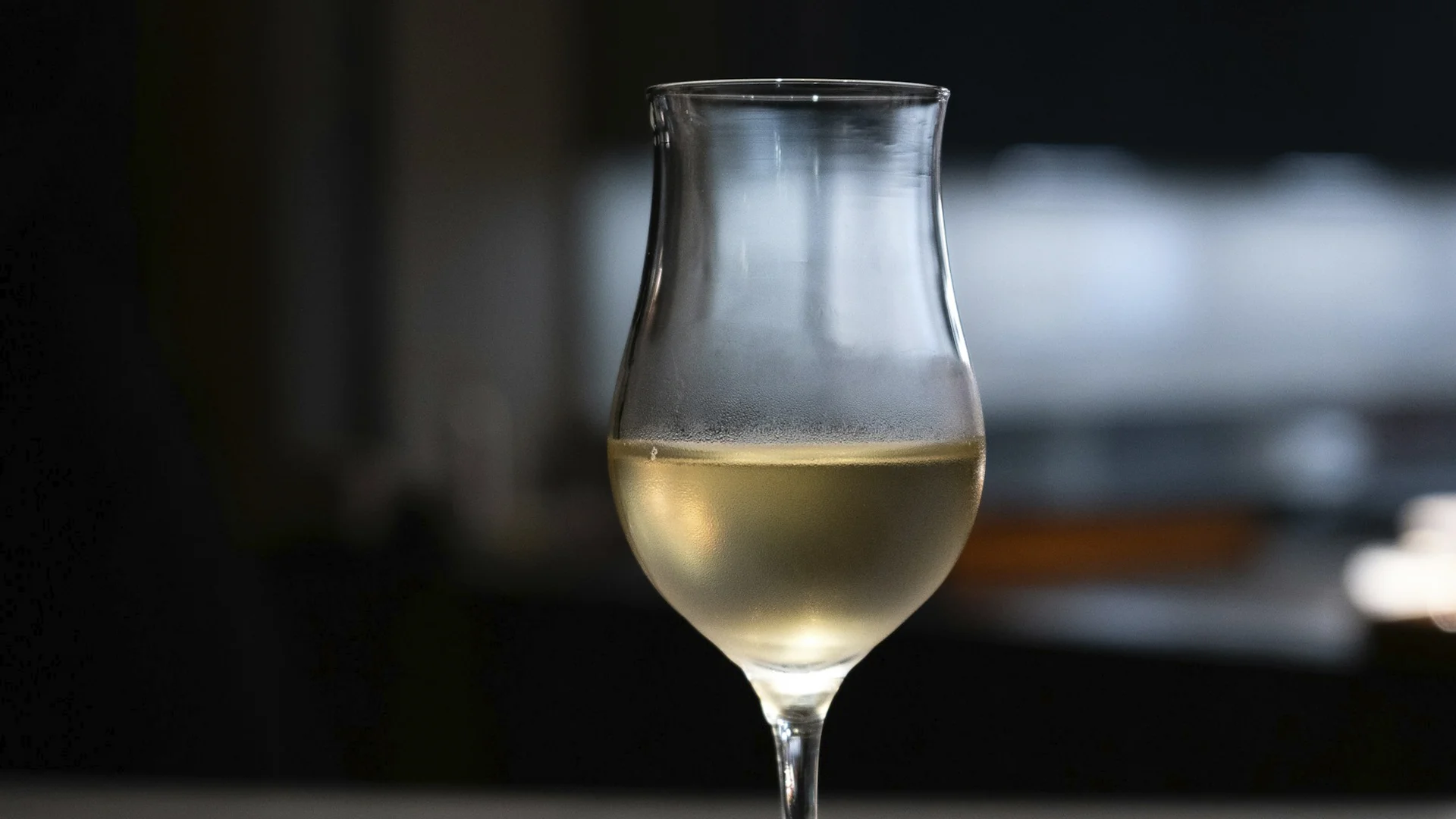
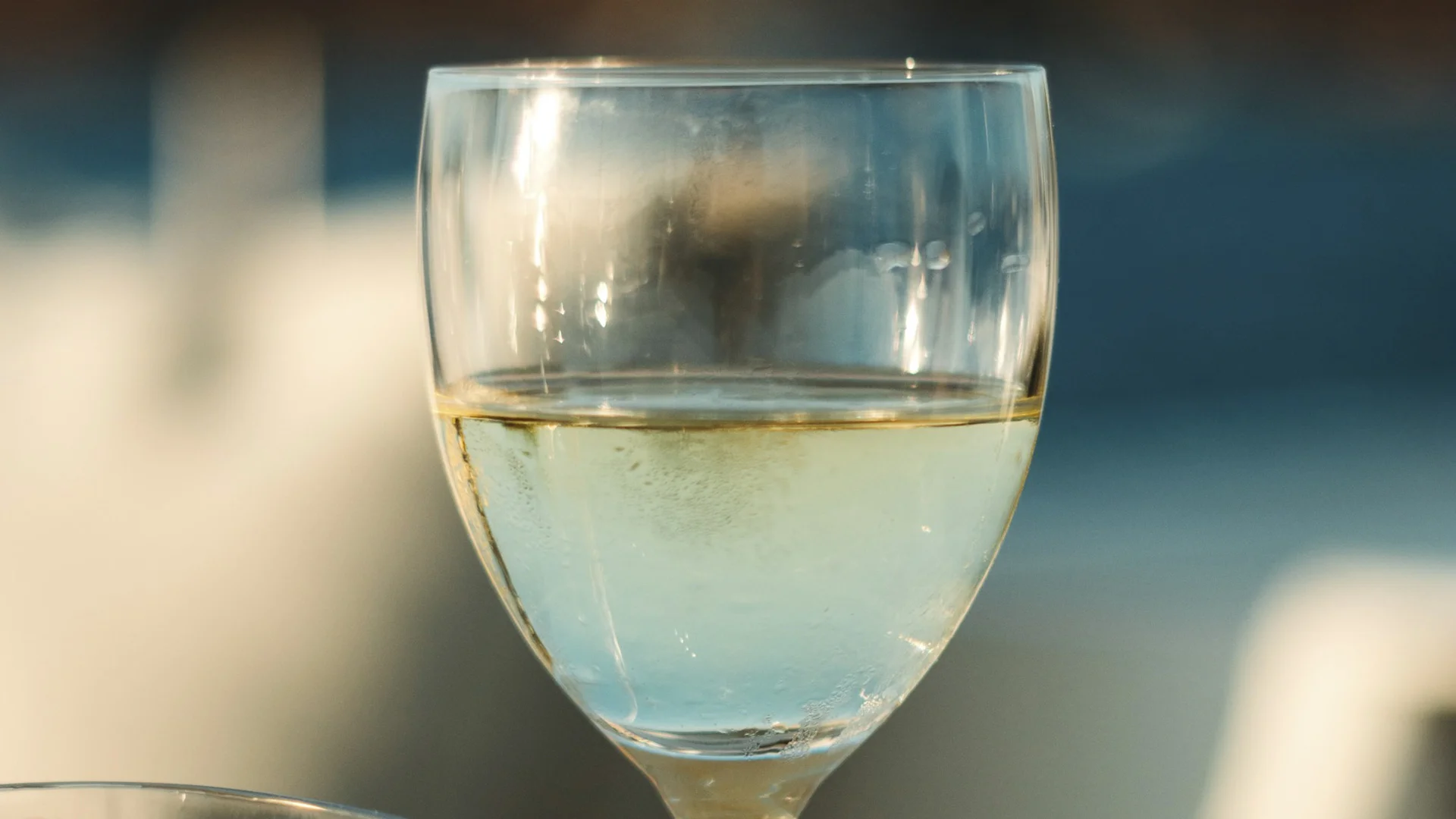

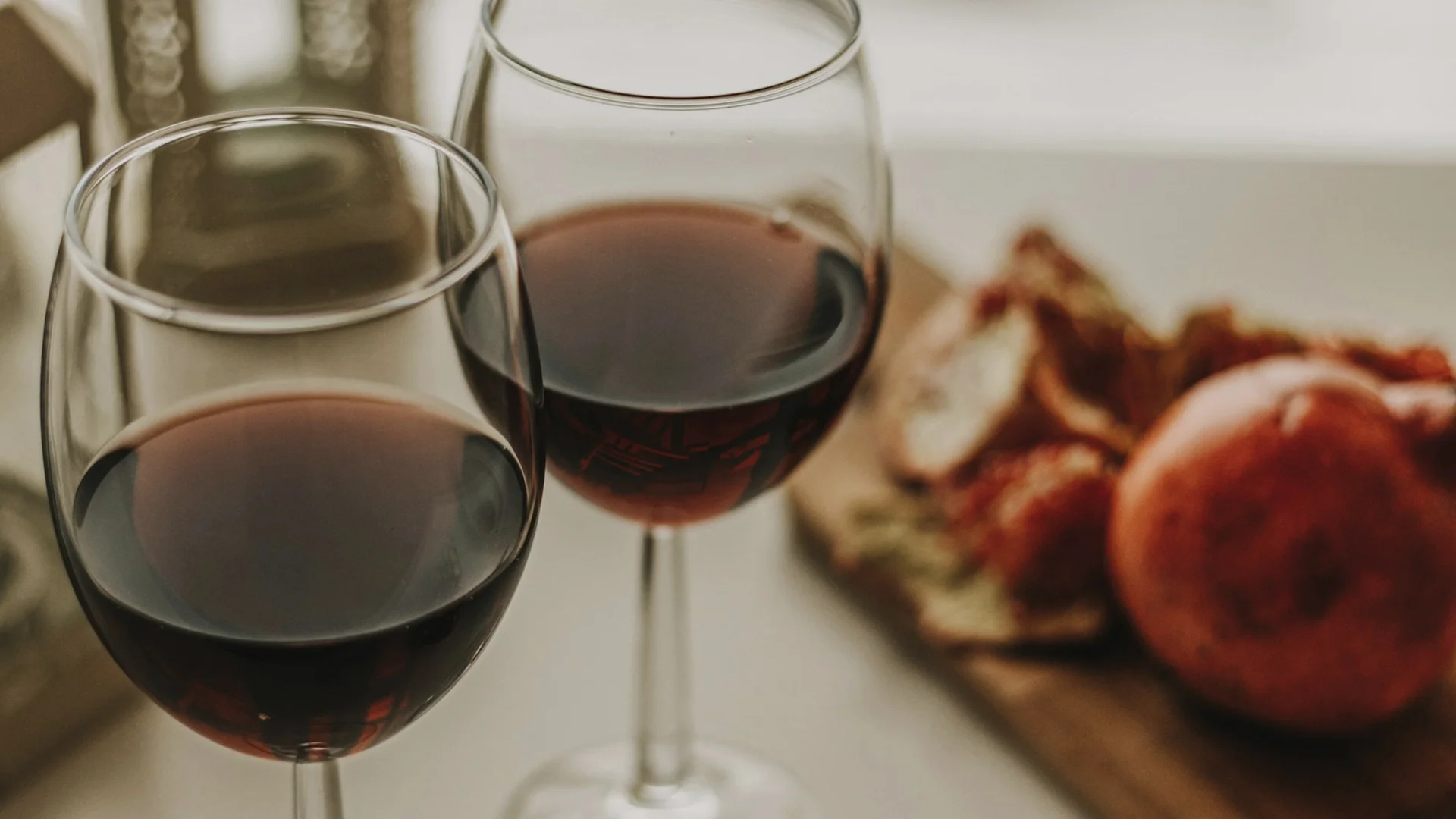


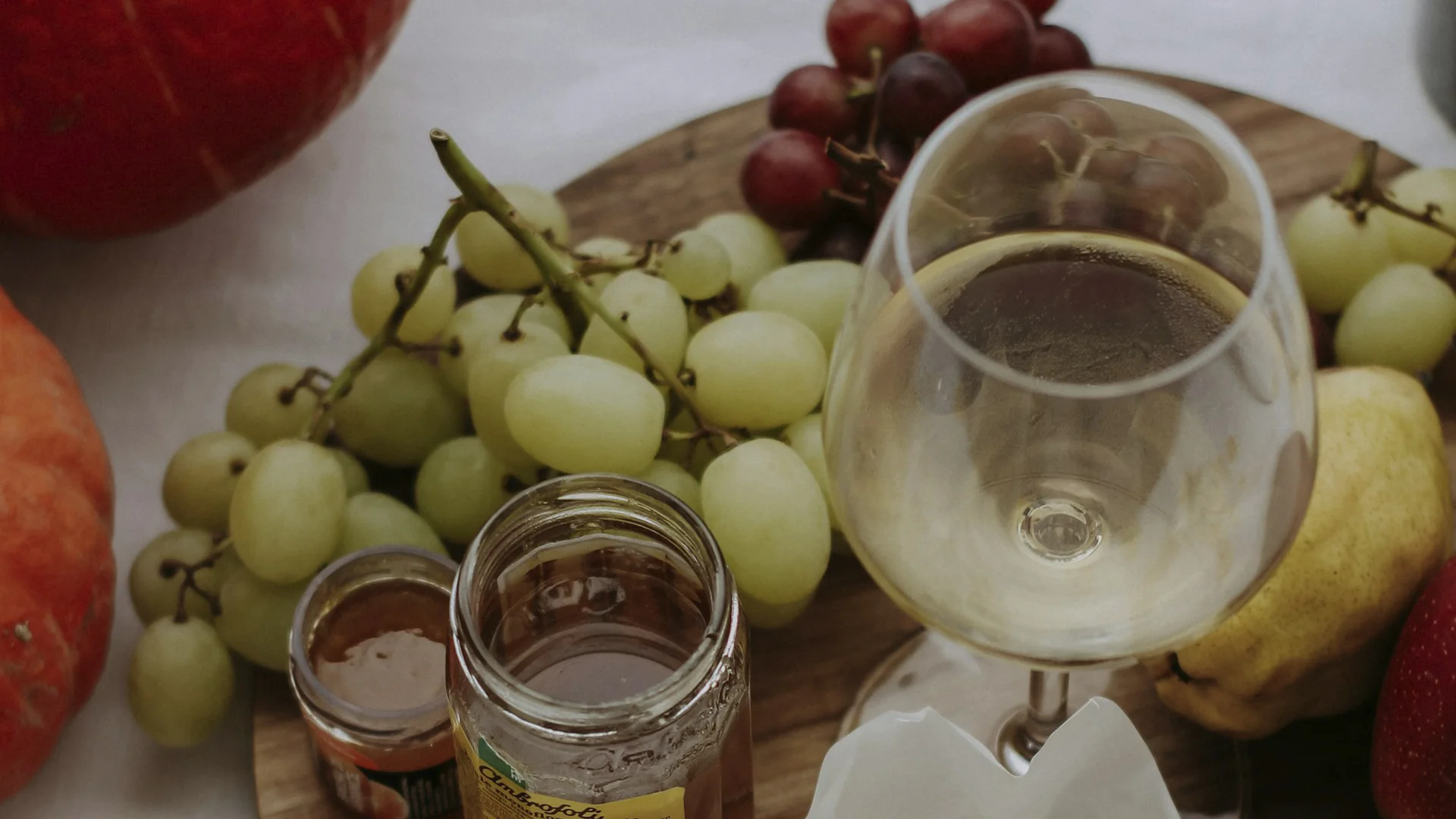
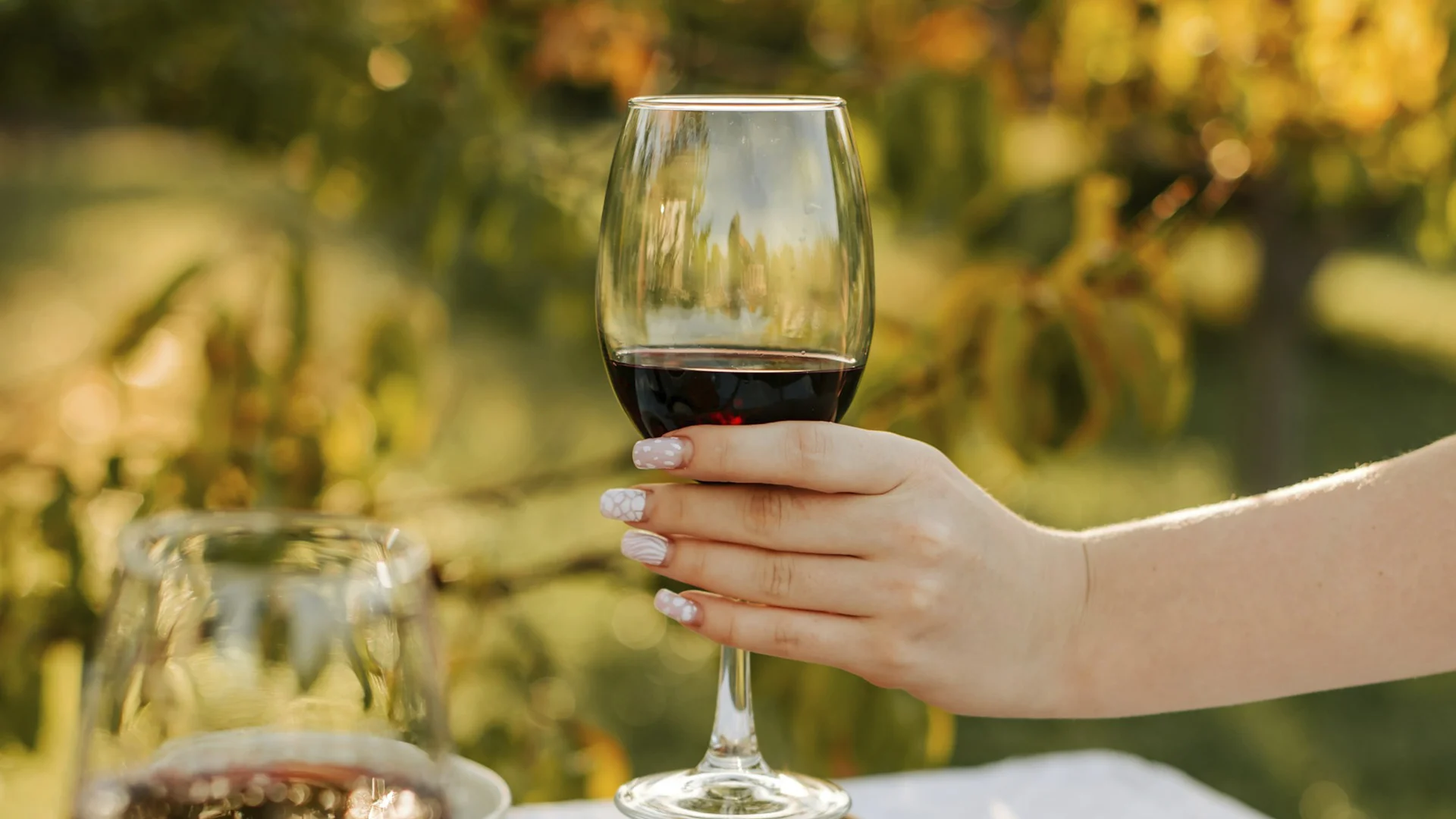
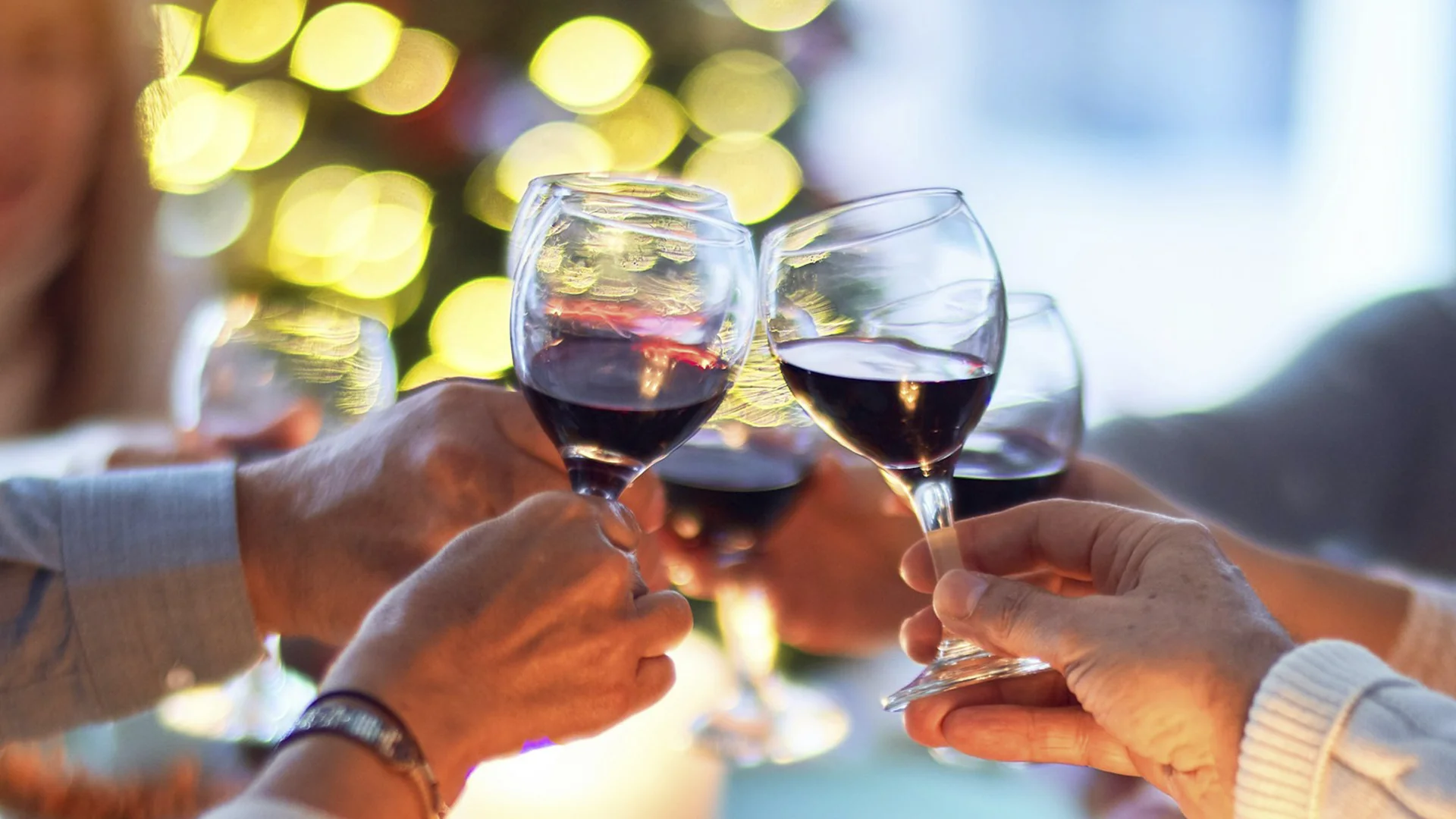

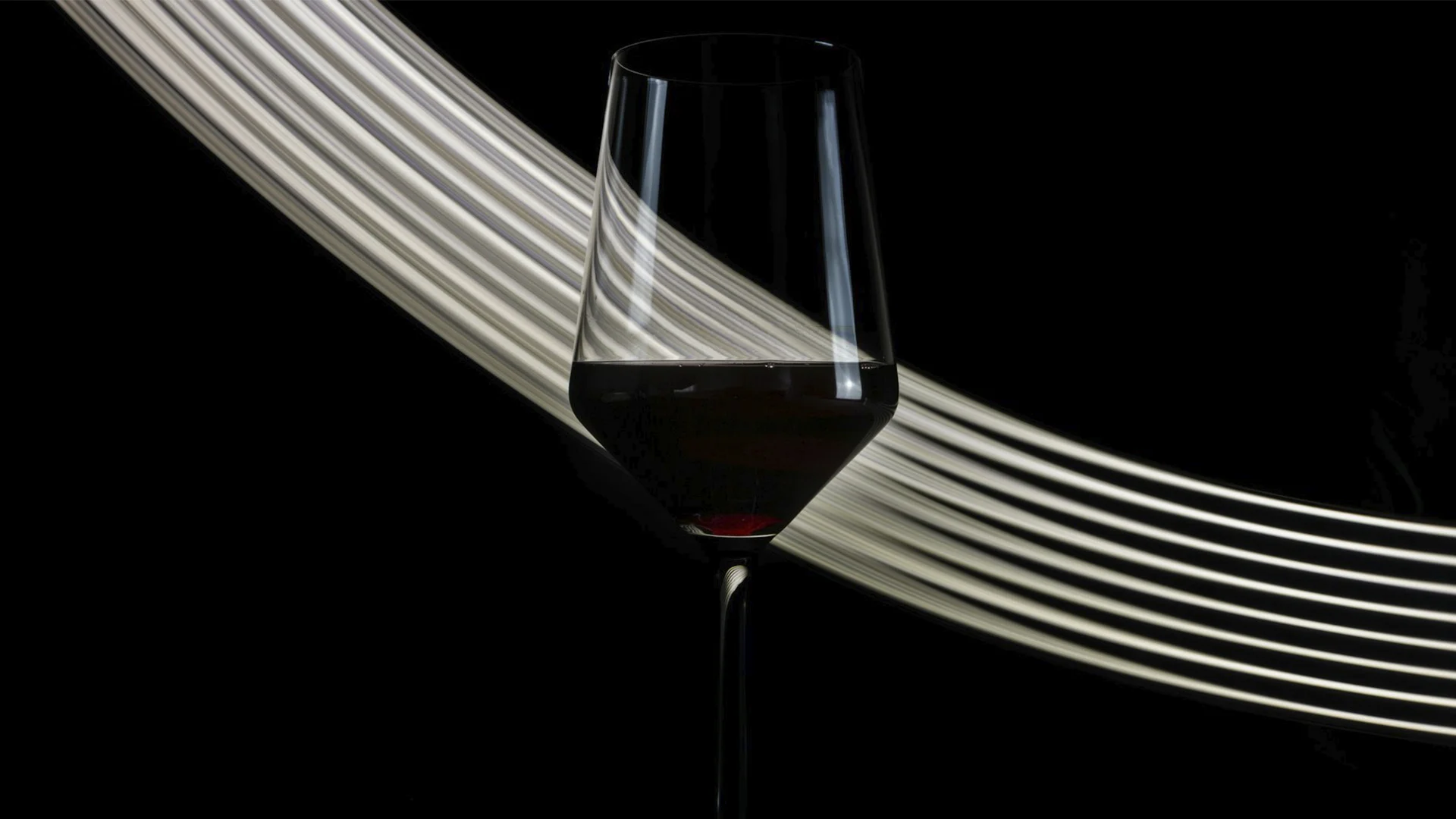



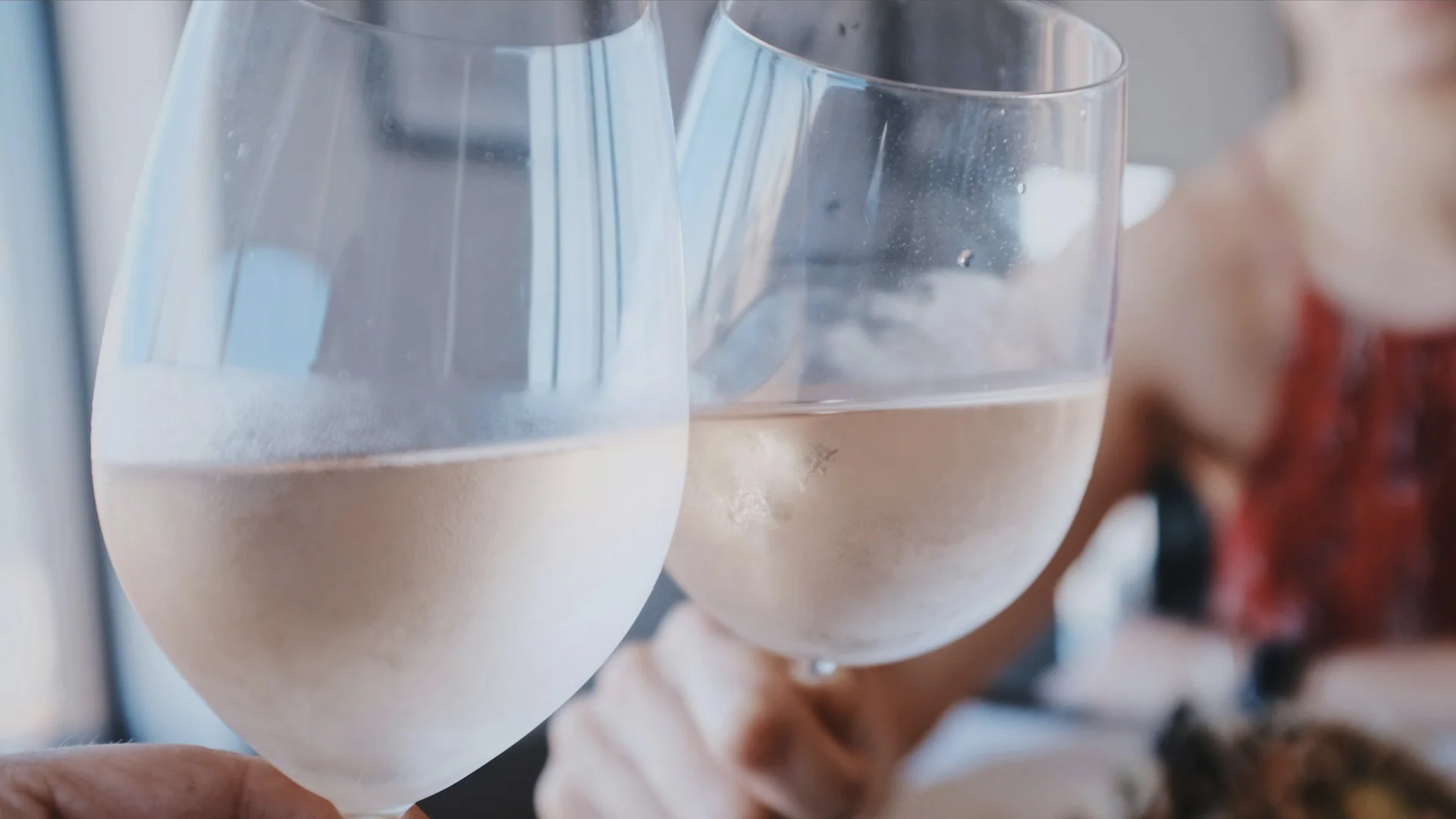
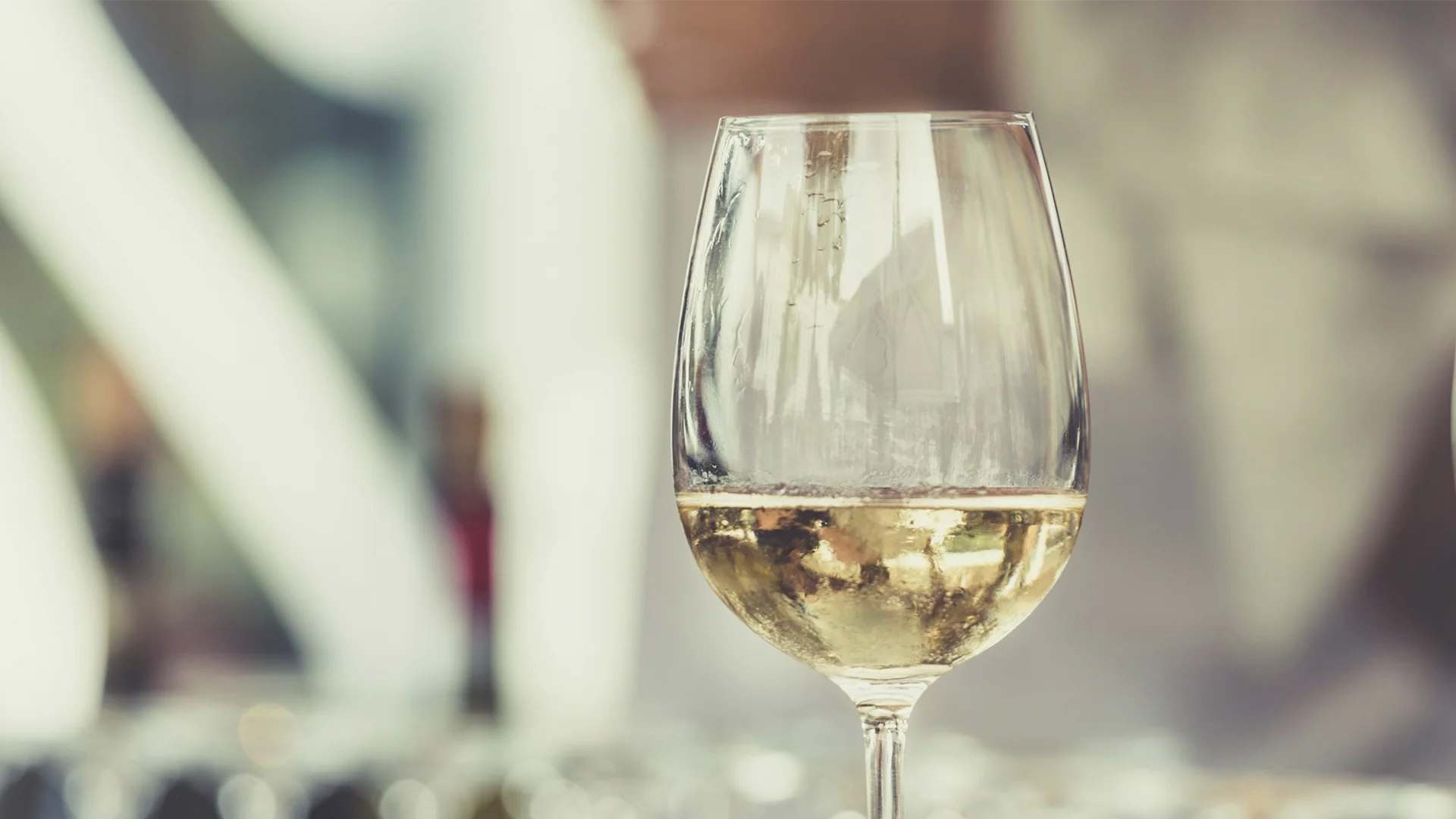
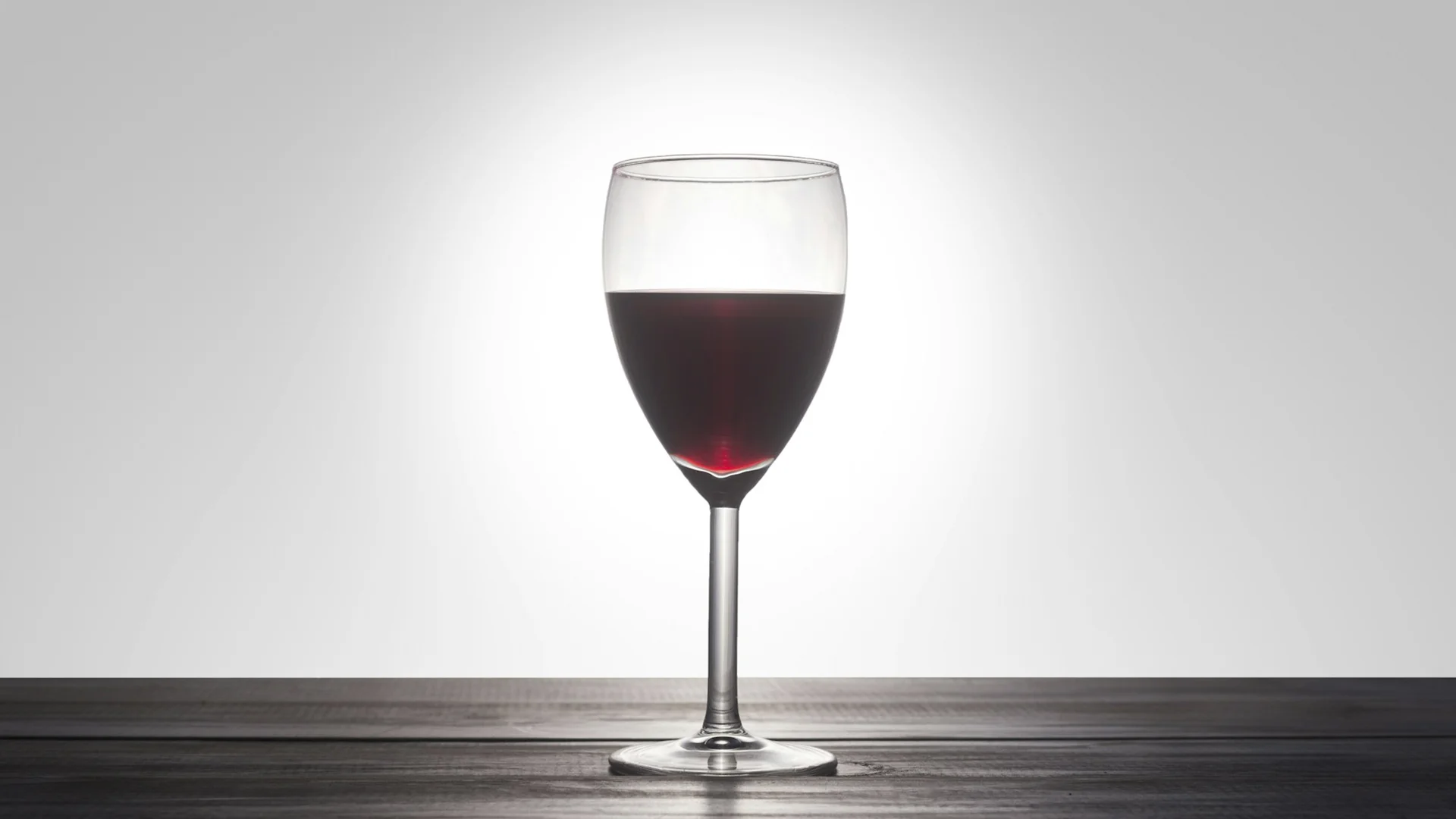

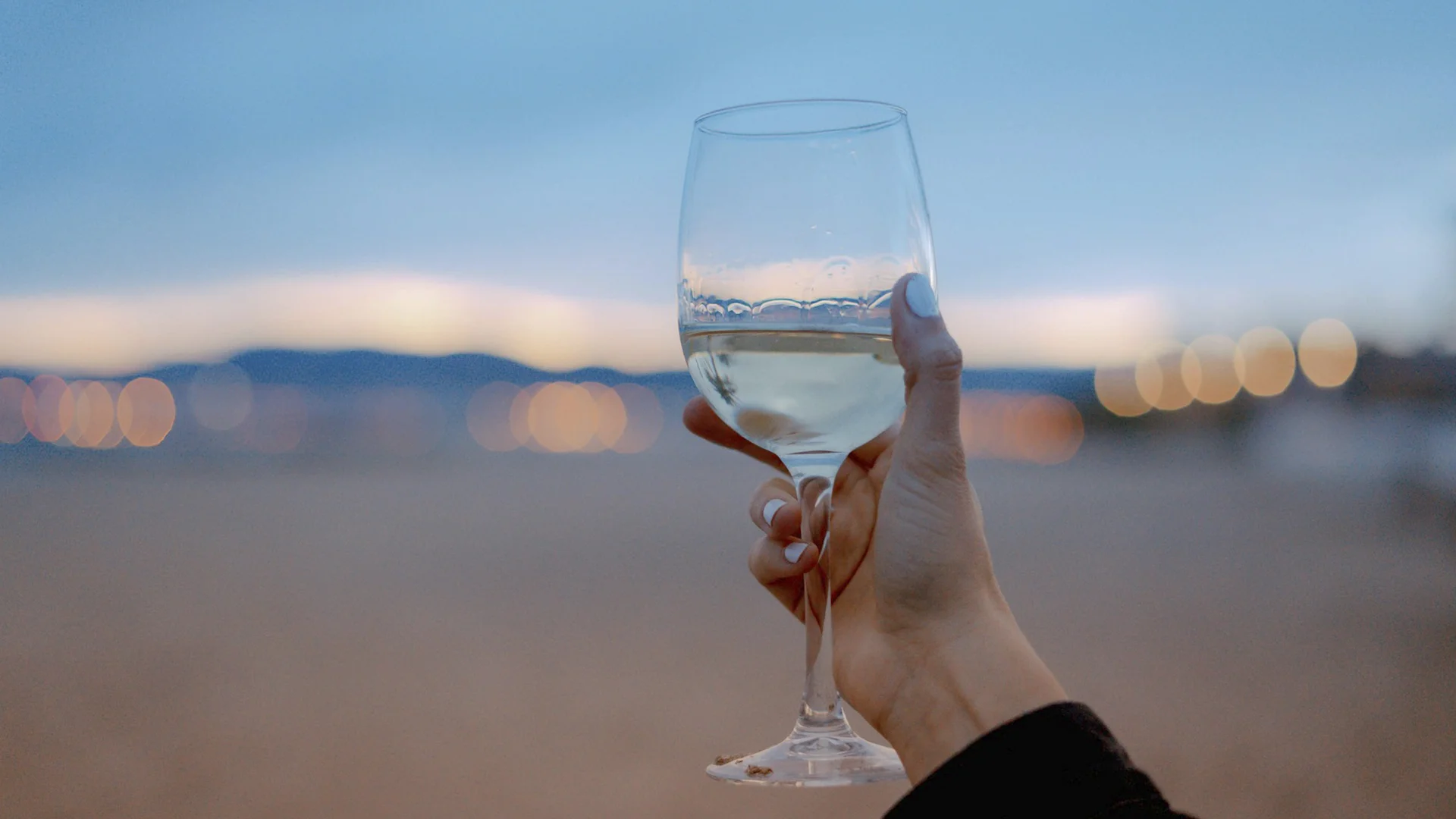
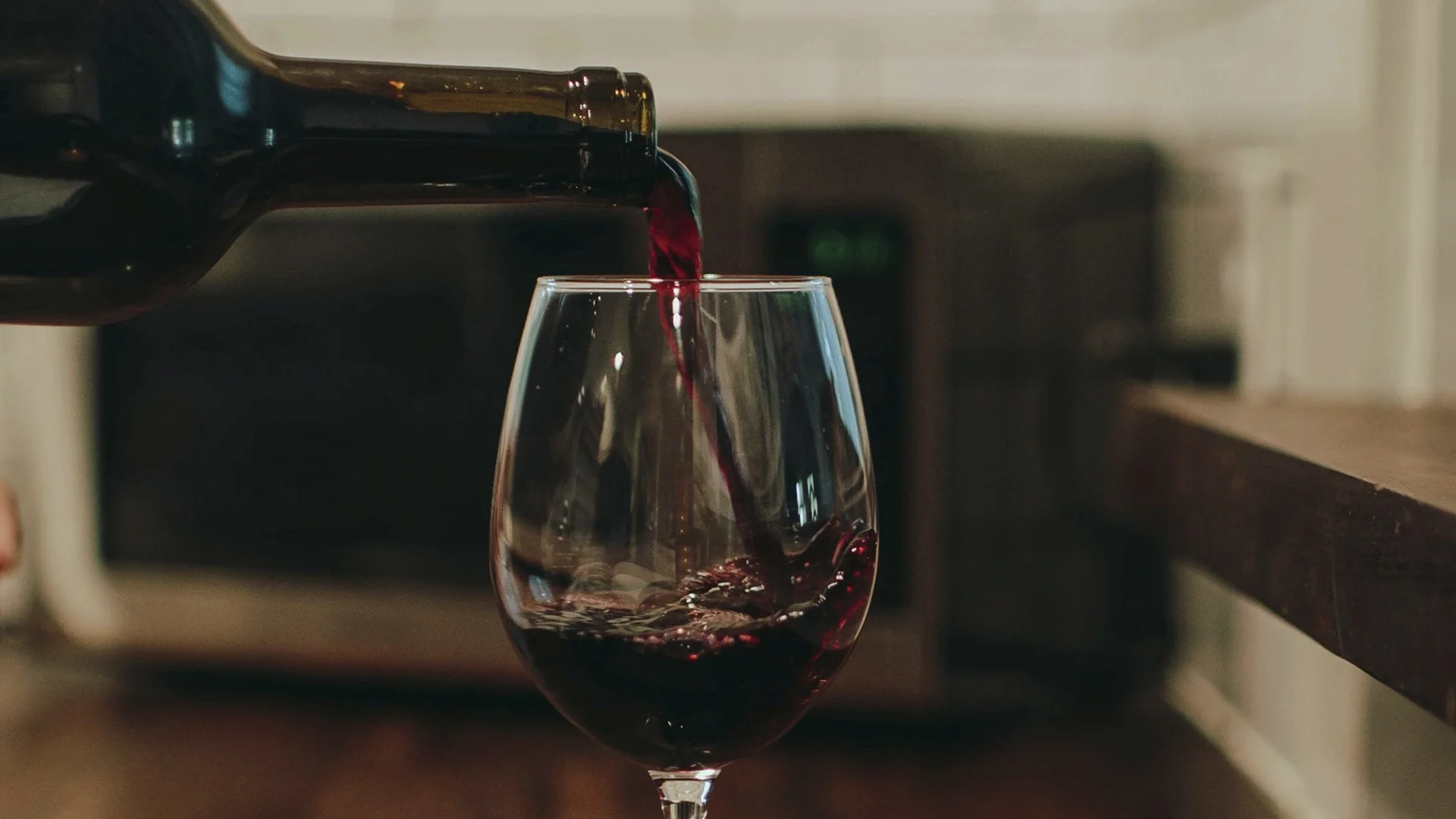

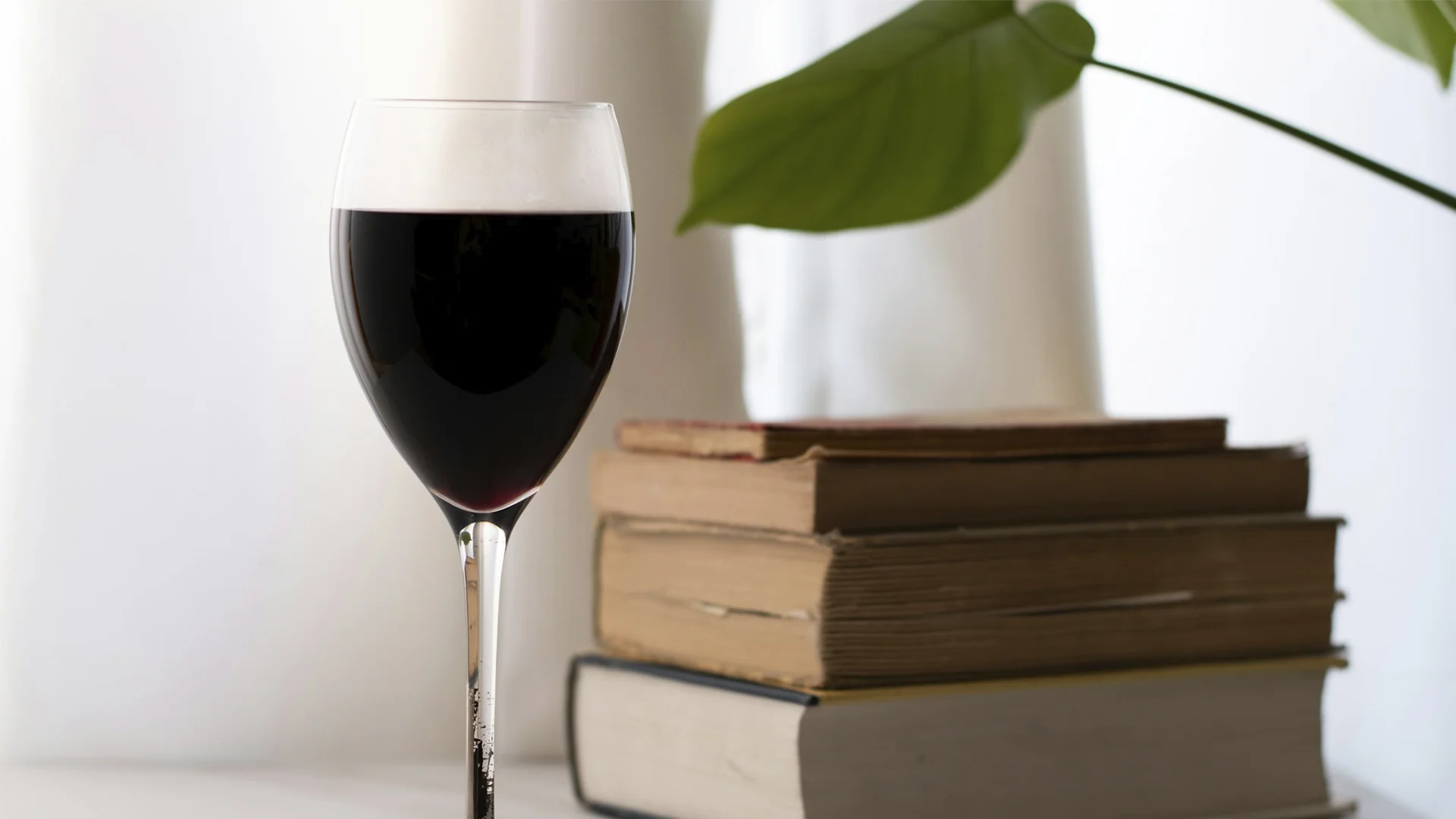
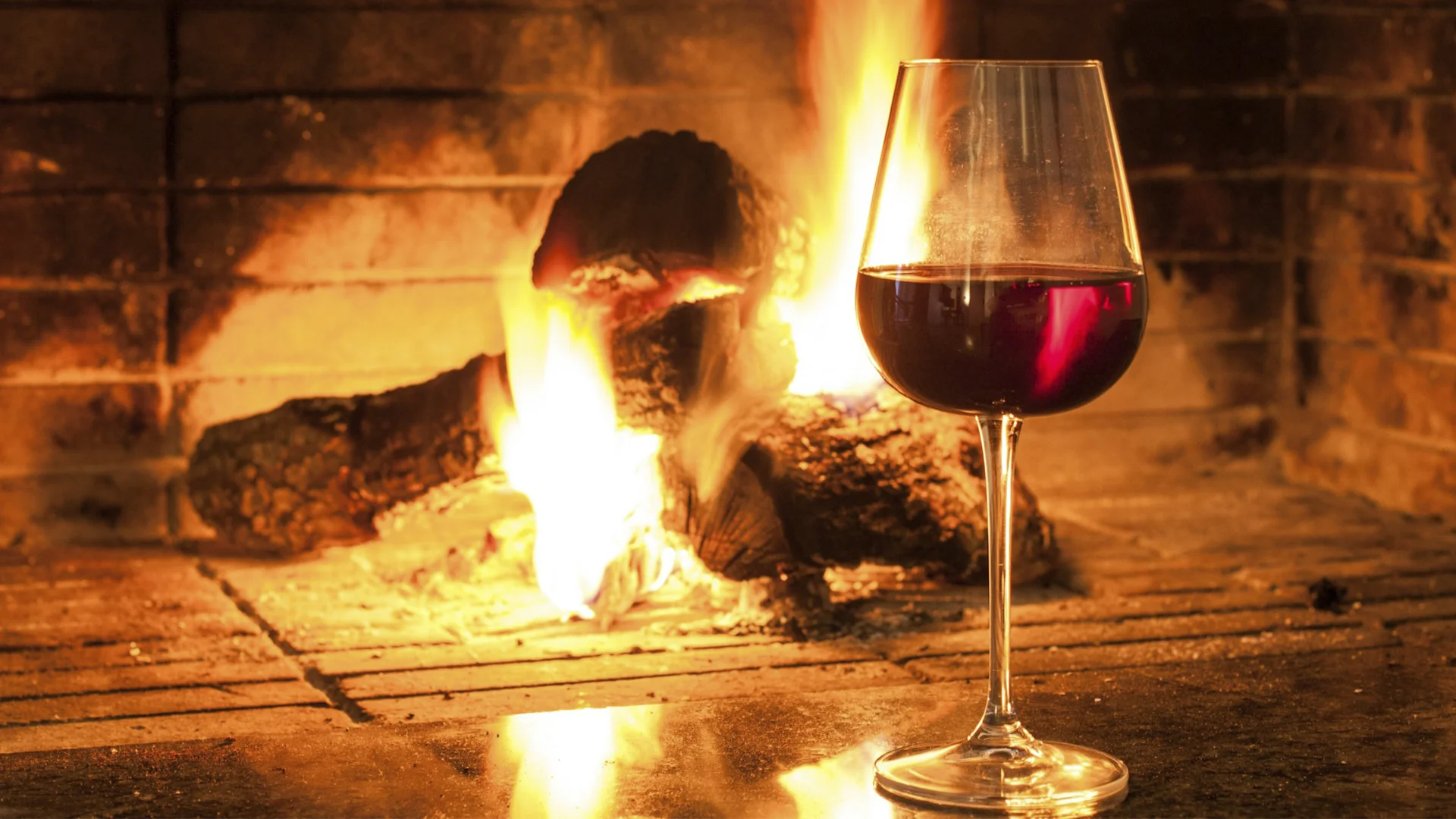
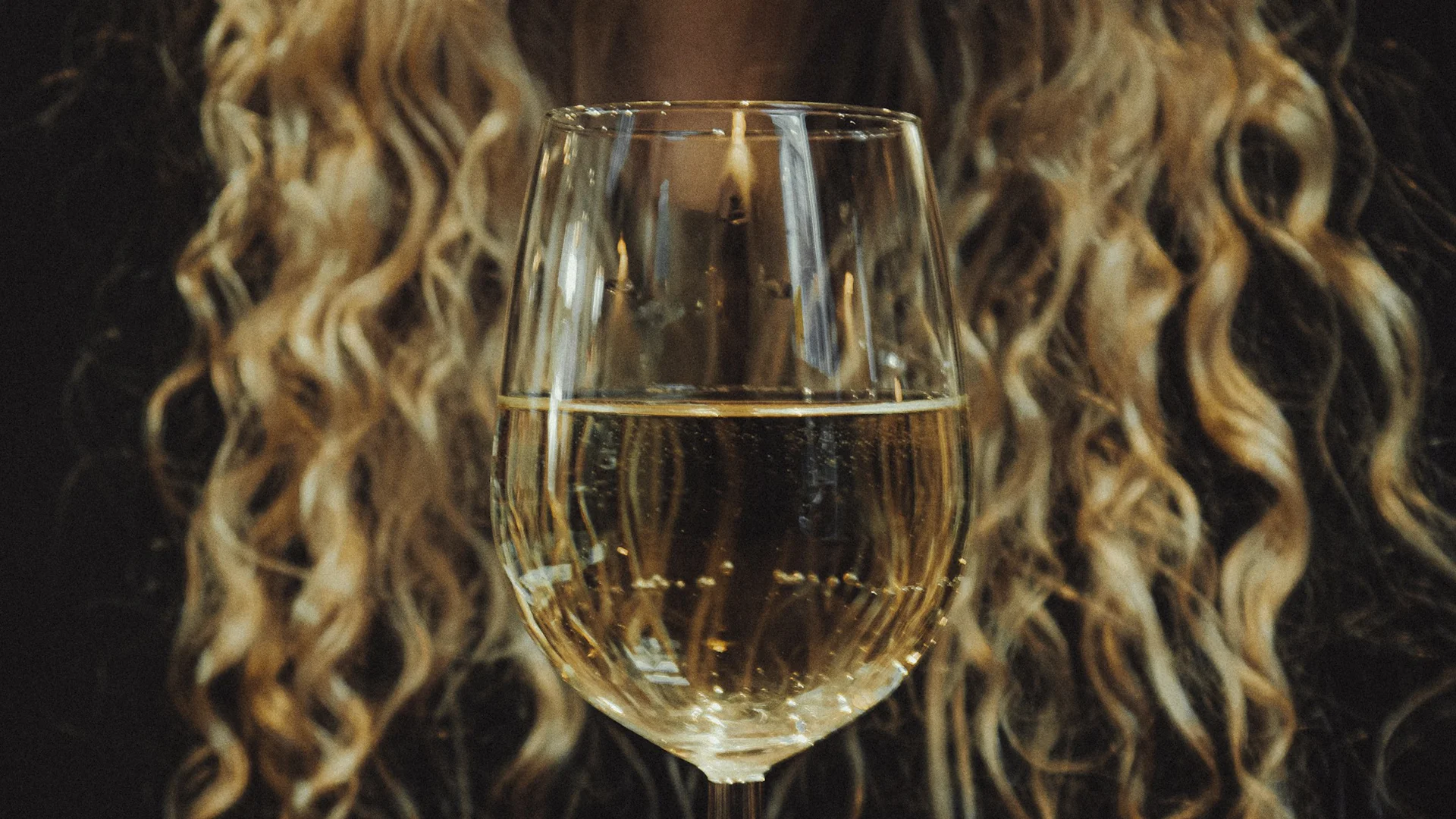

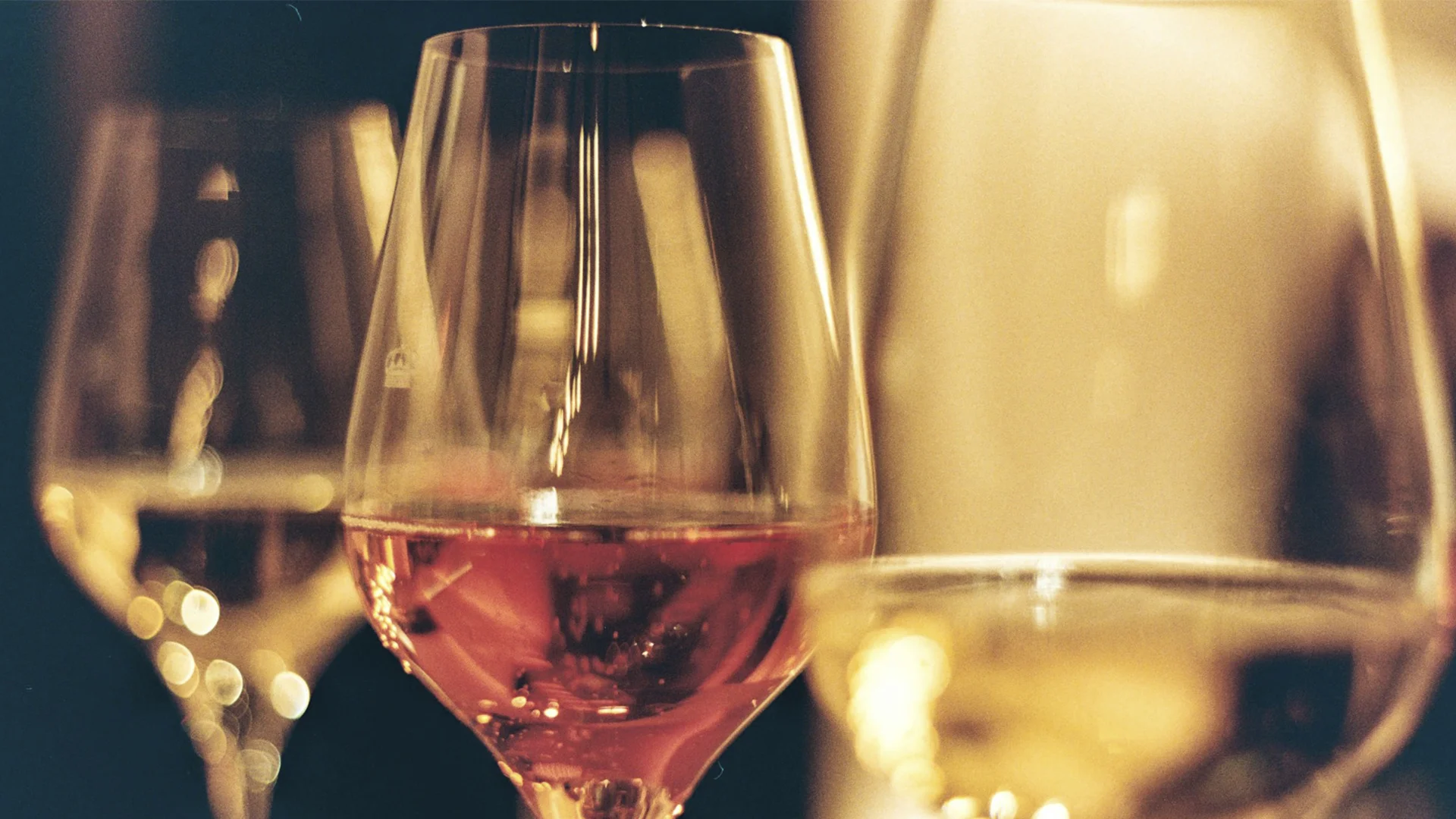
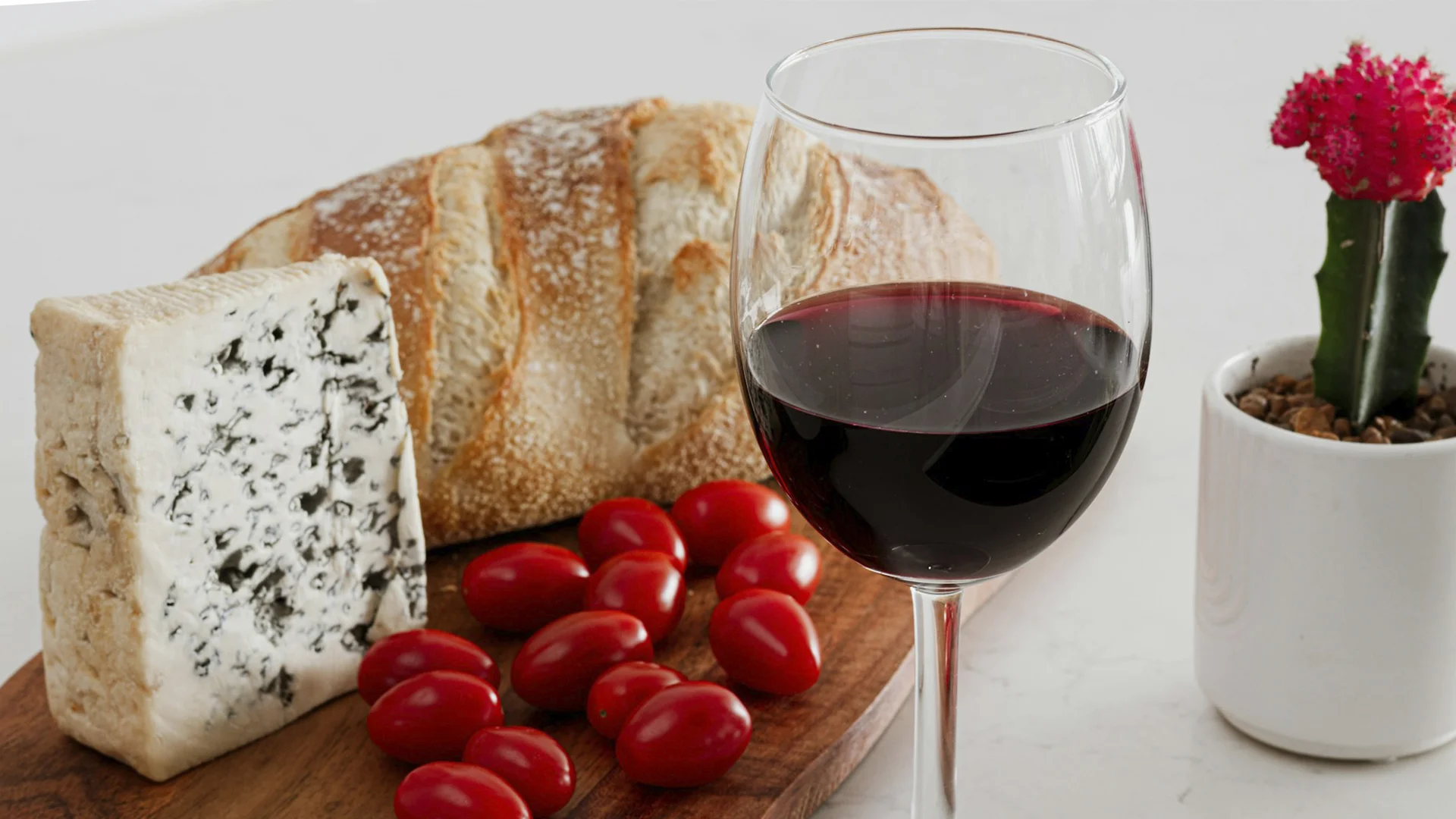
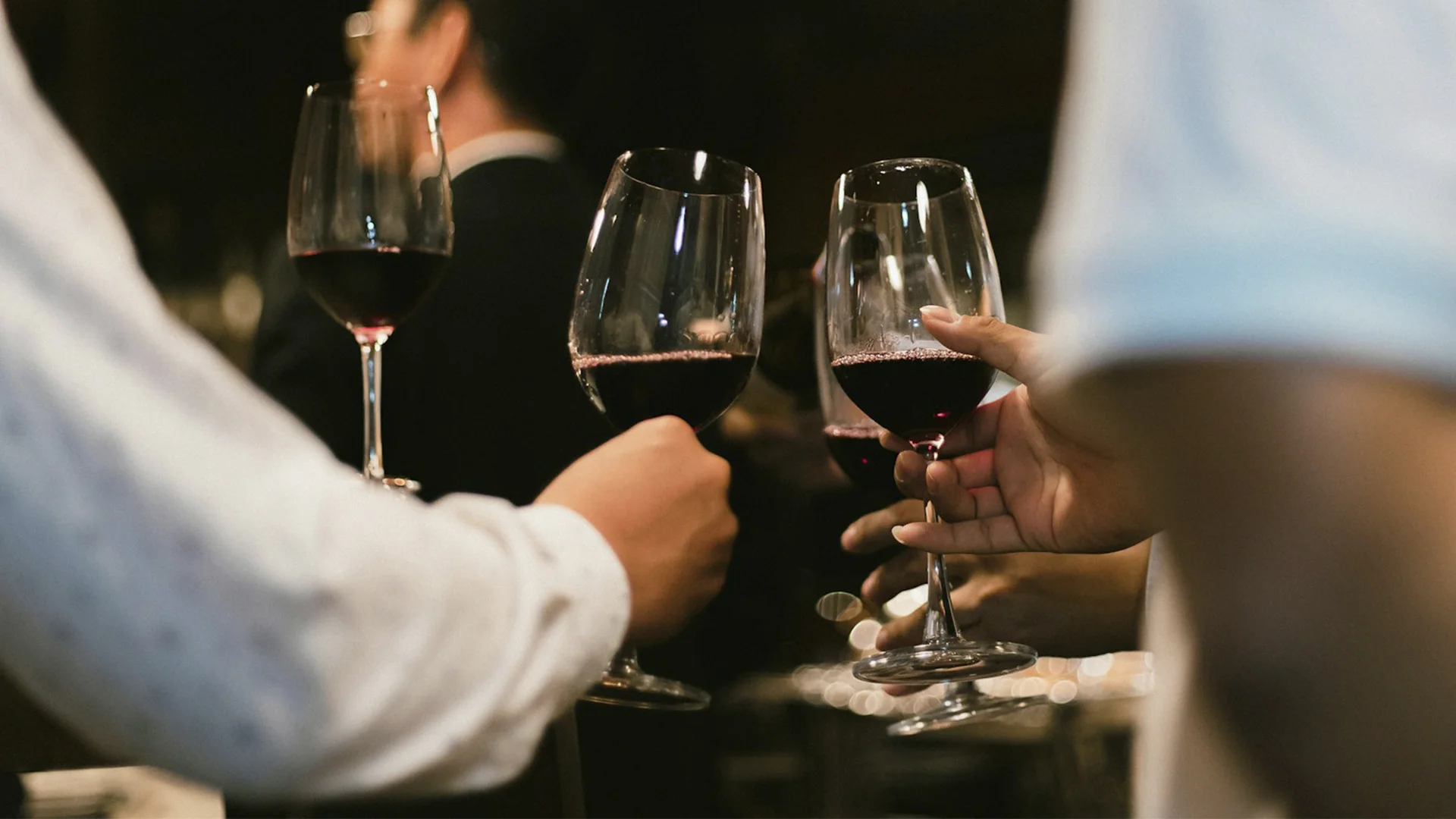
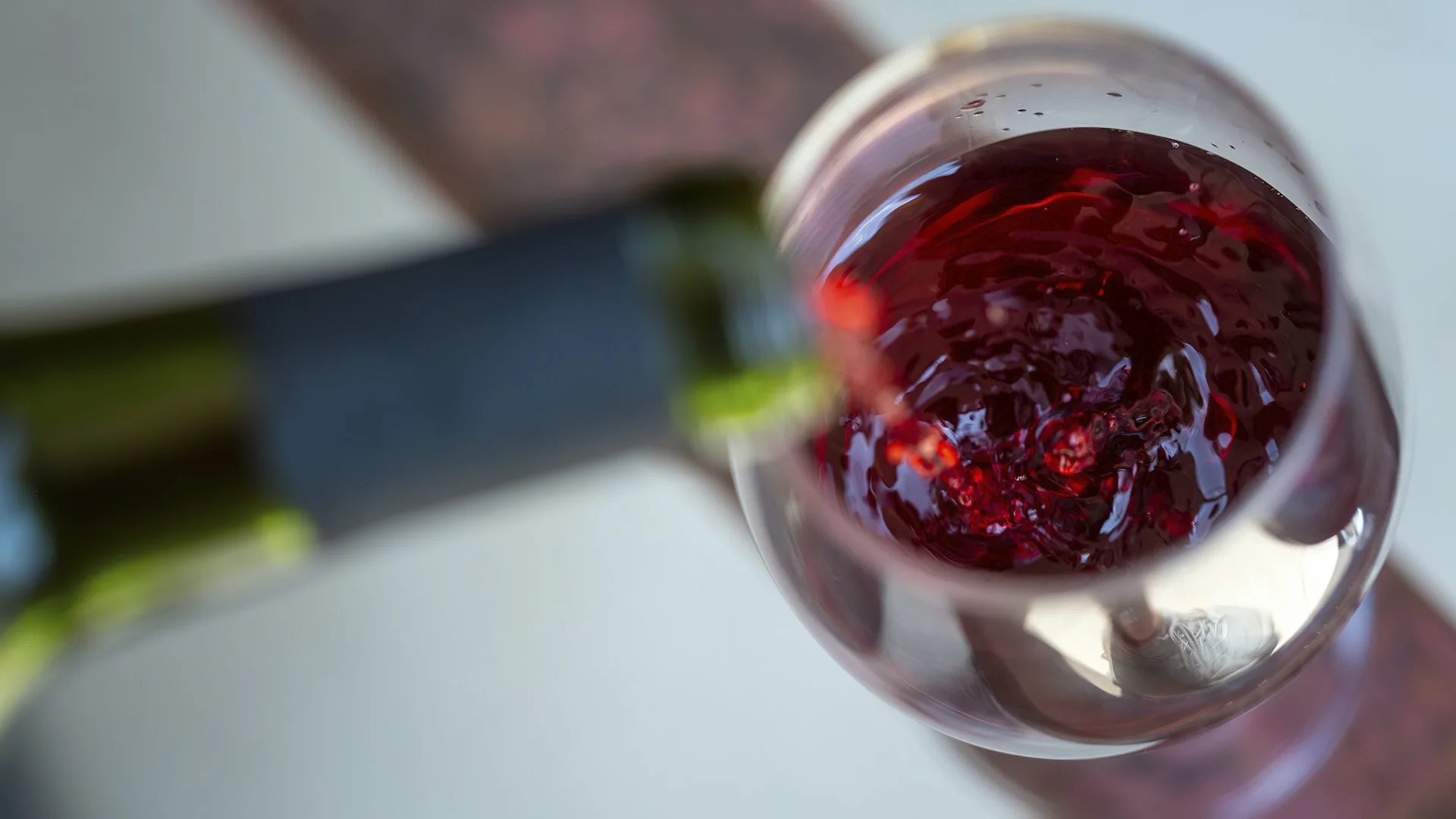
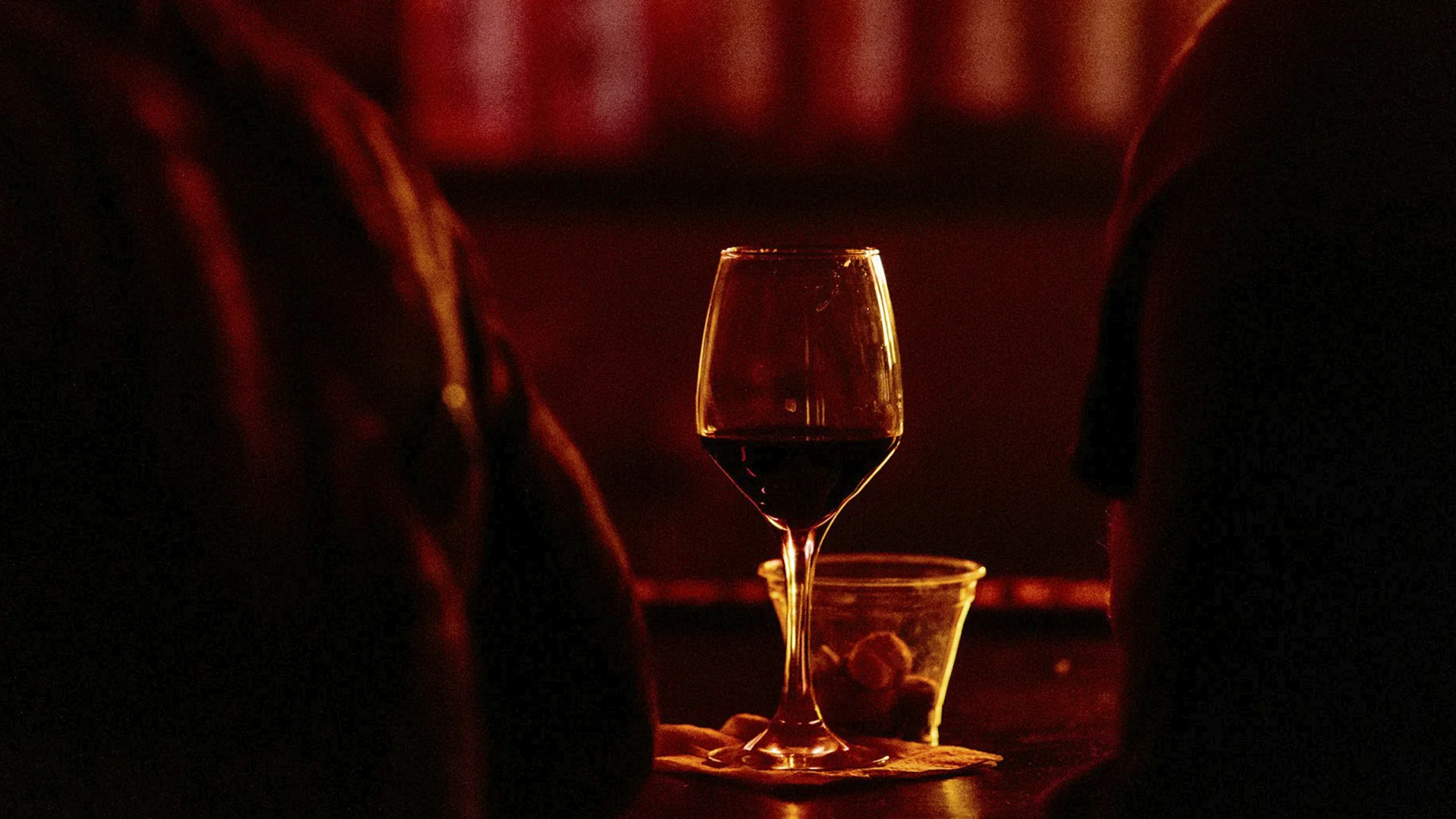

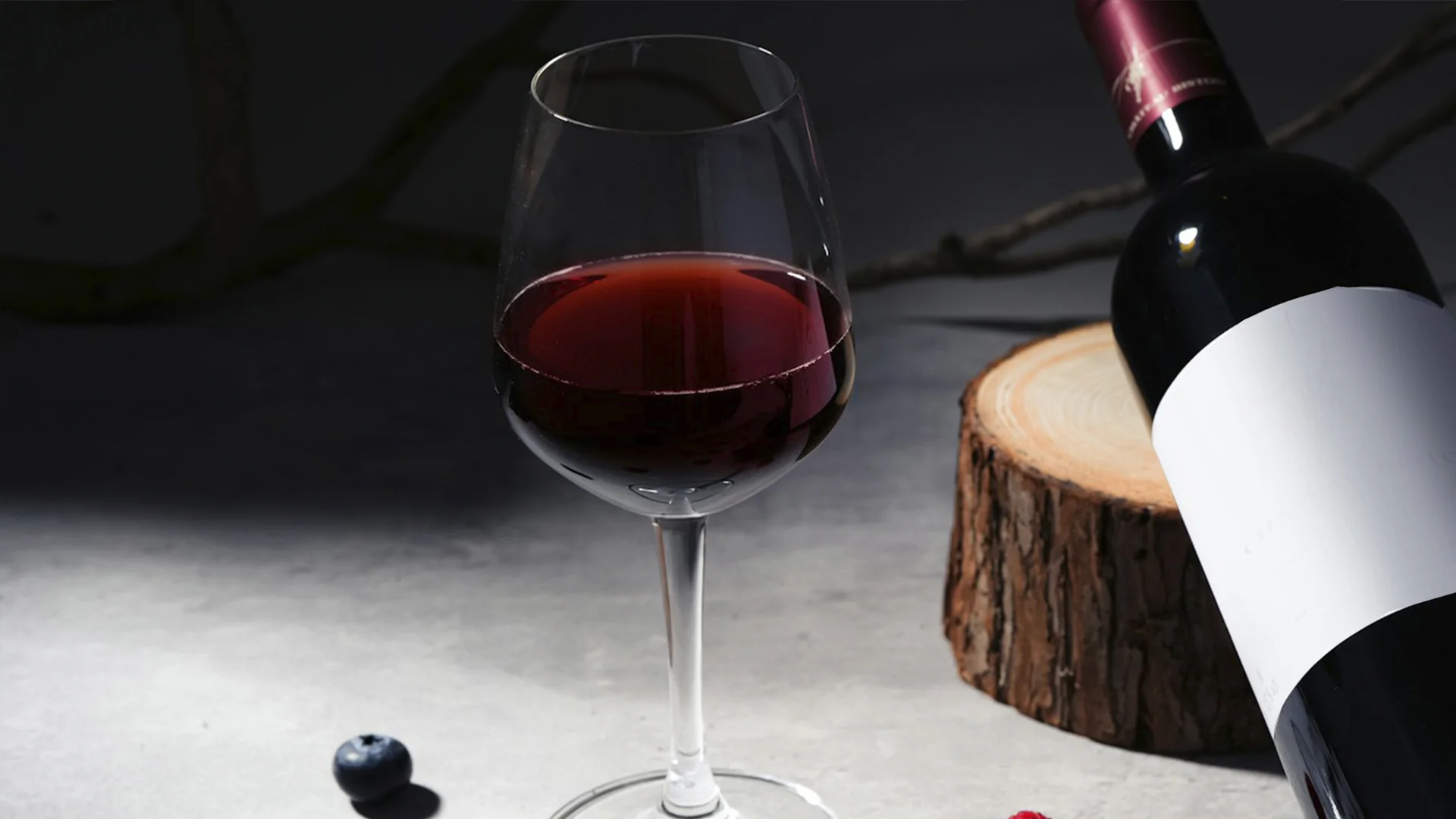
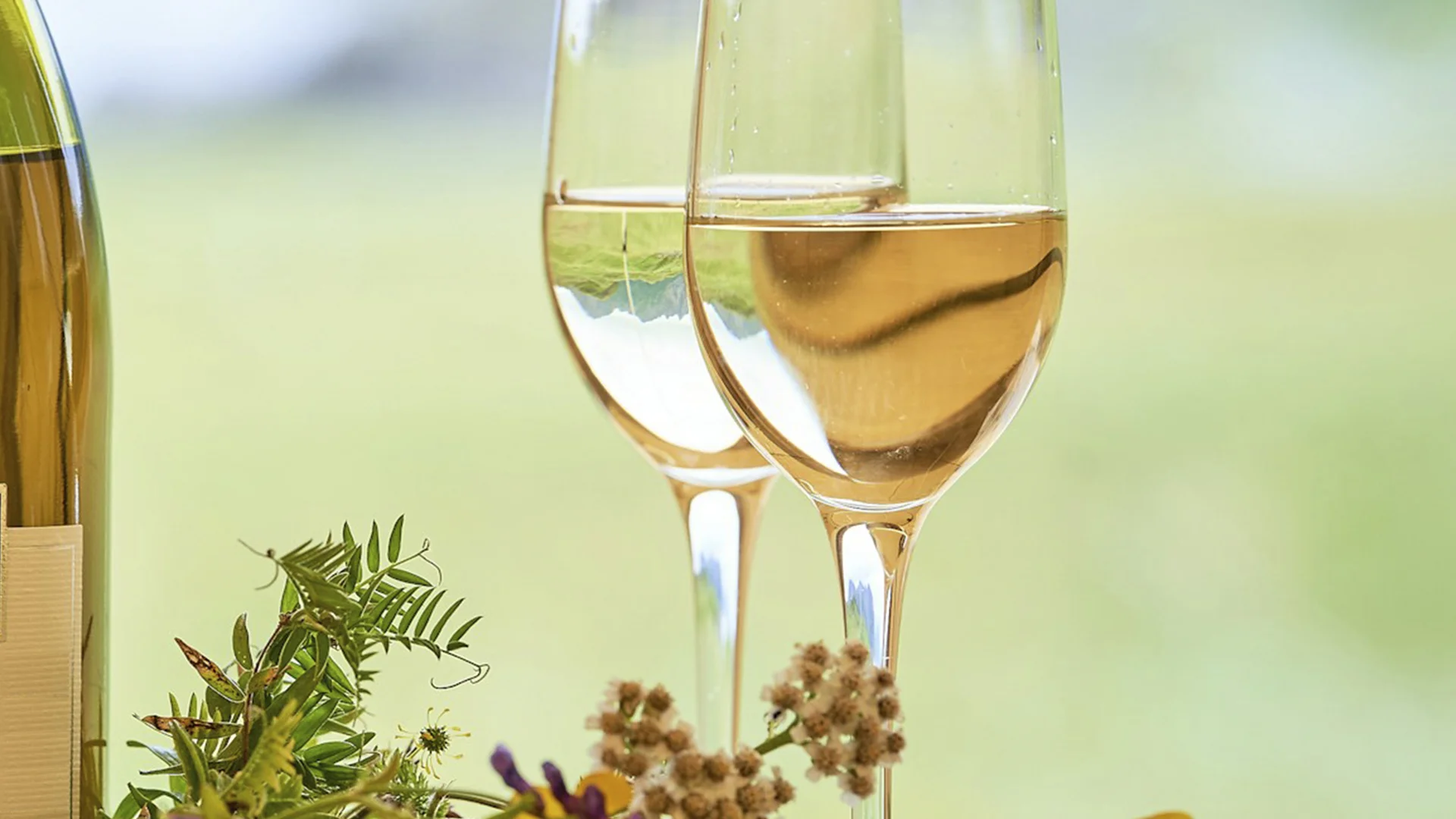
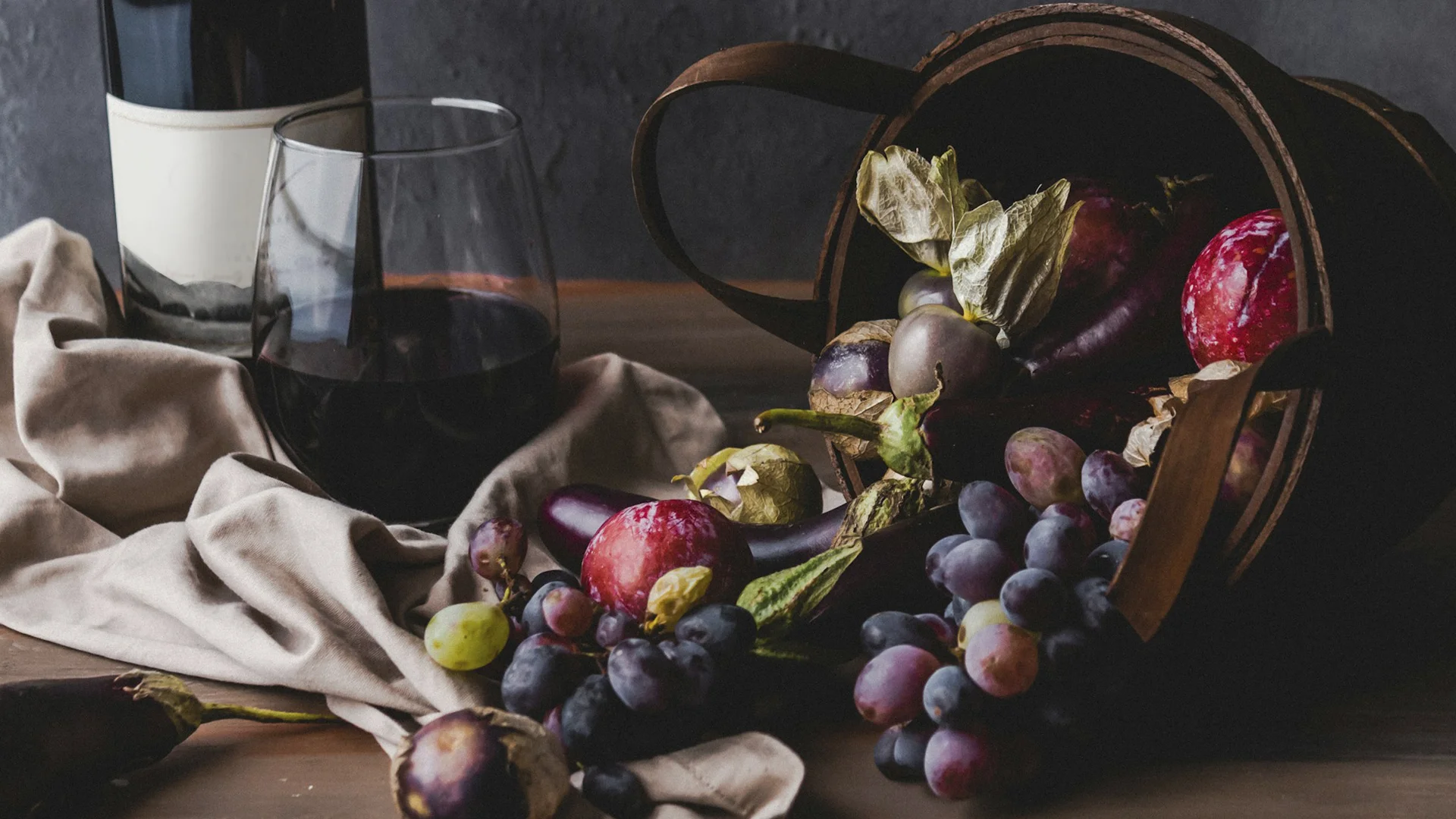
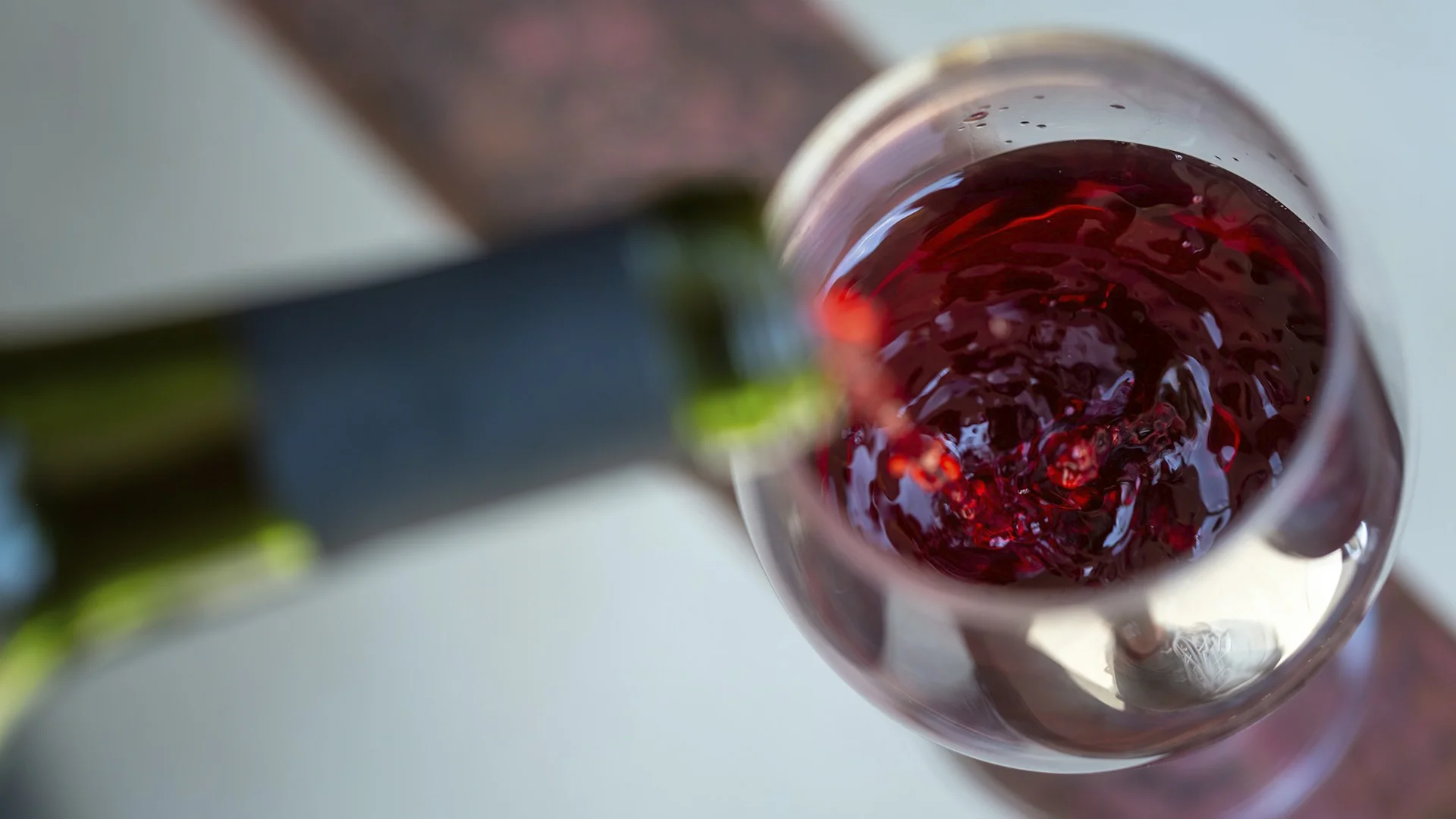
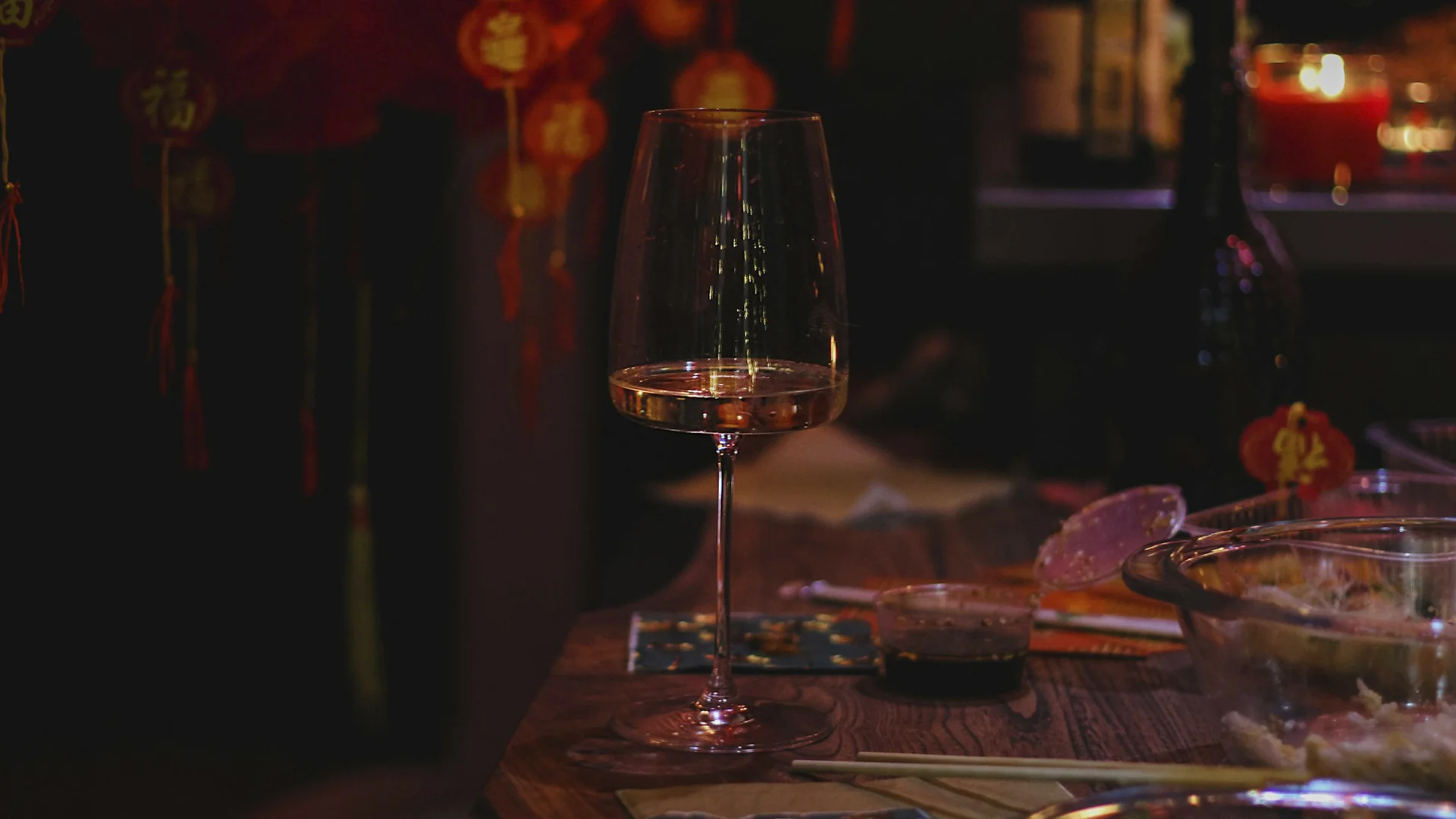
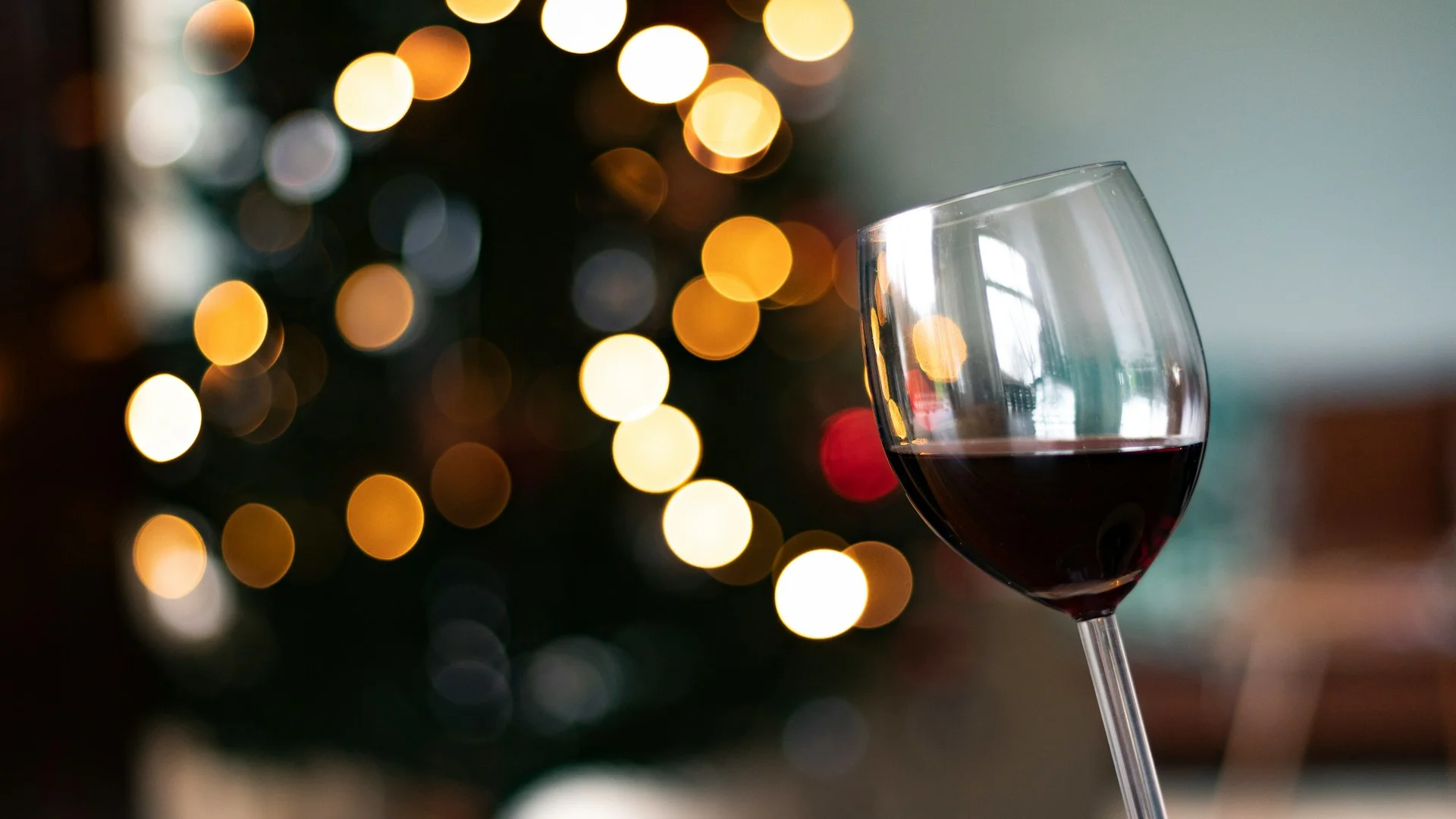





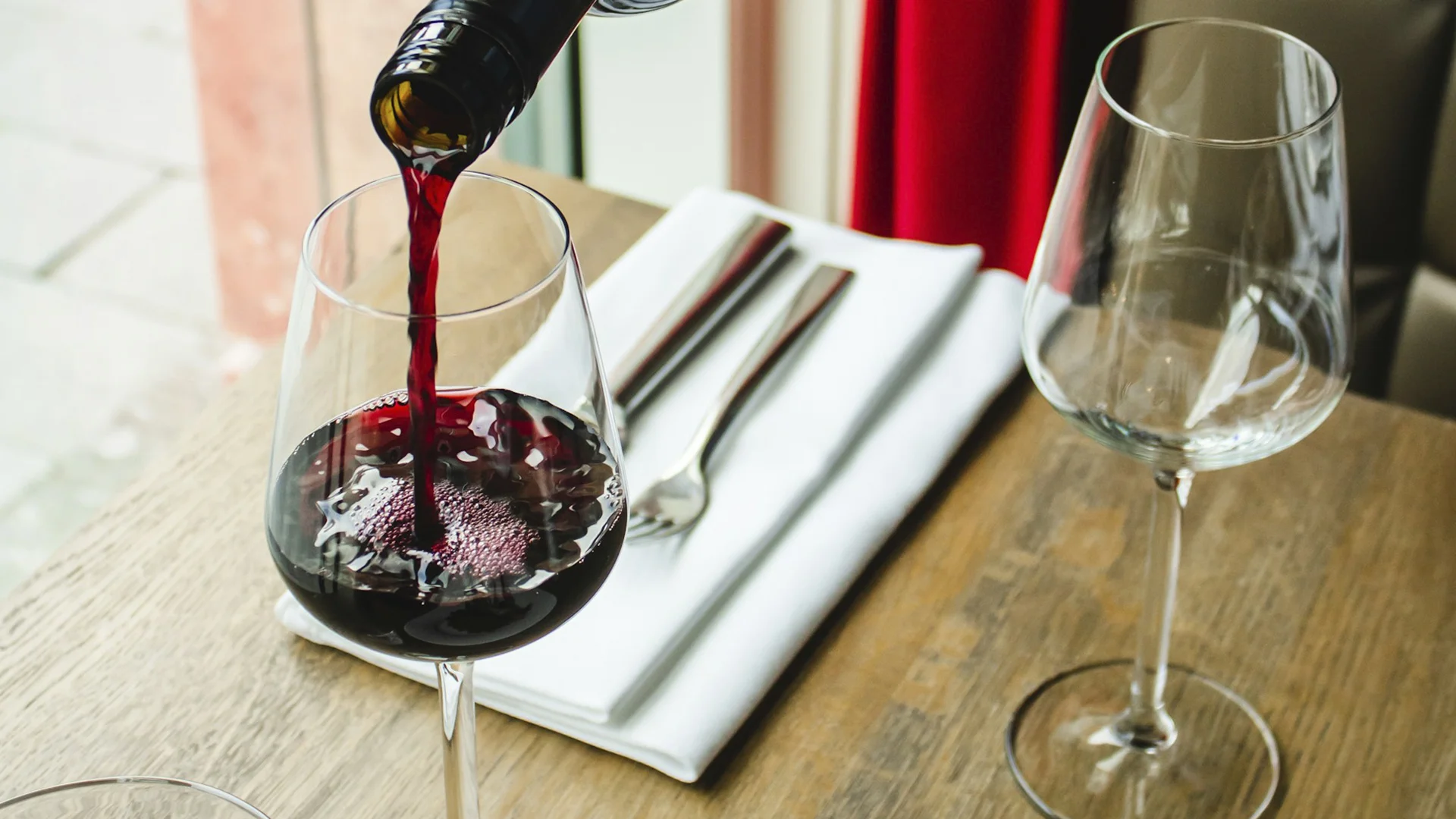












.webp)

.webp)
.webp)
.webp)



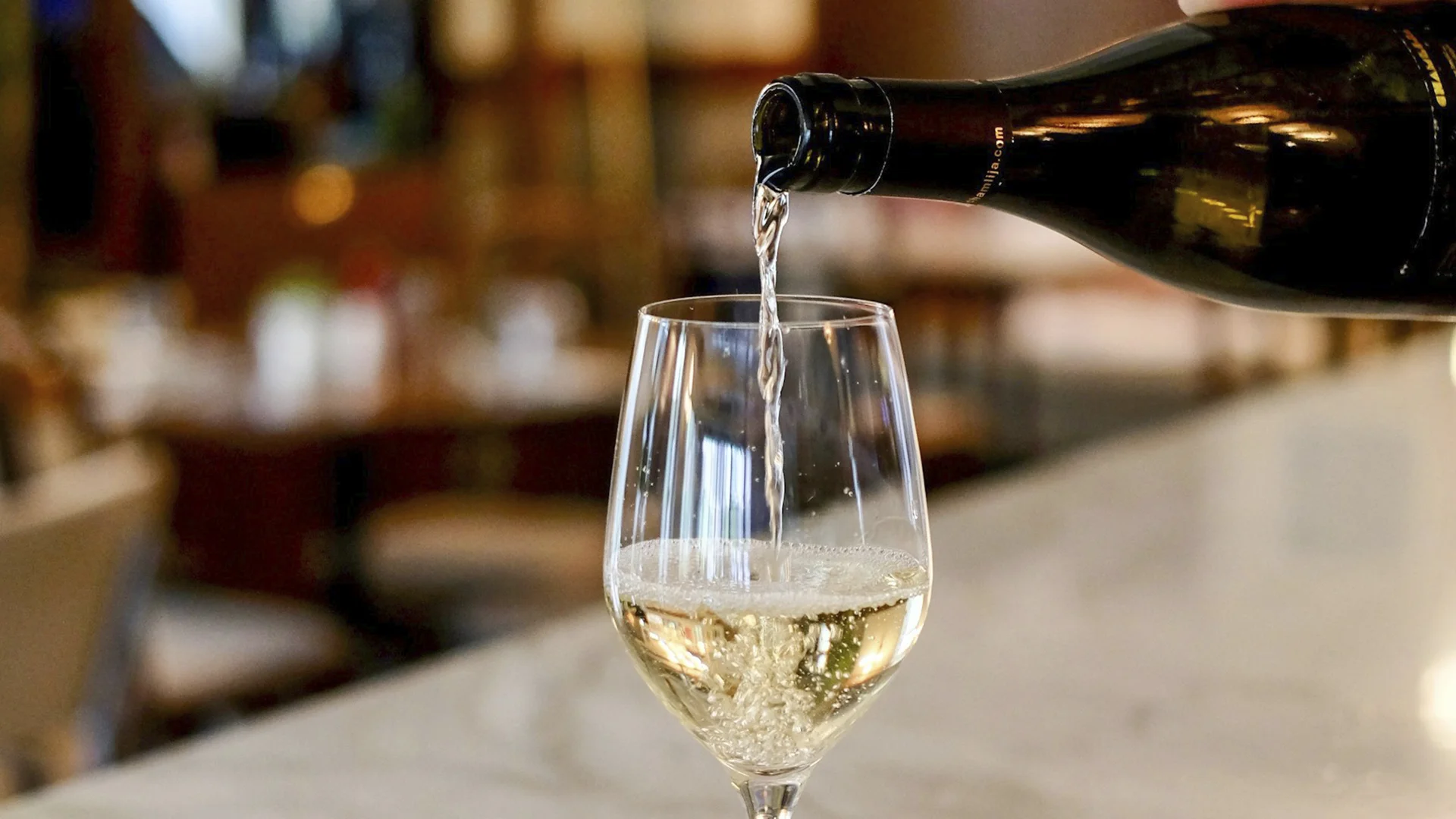


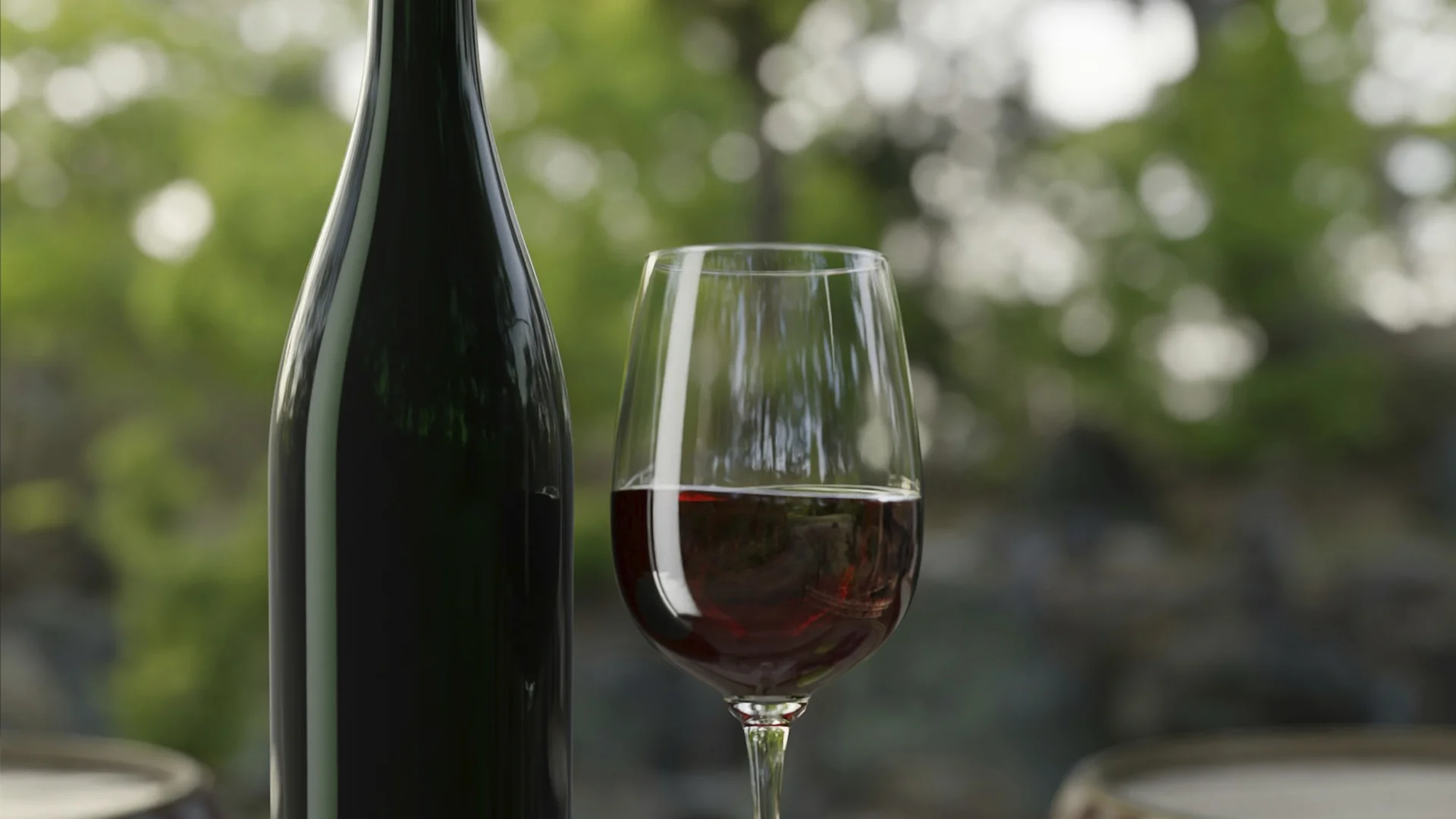



















.webp)













Are you interested in
collaborating with us?